Please upload your images for Chairman's Challenge 2021 here. Your challenge has been to learn a new skill, technique or genre and record your progress by submitting 3-5 images. As outlined in the bulletin launching the challenge, there are many examples online to give inspiration and to guide you. When the images are presented on 6 Mar, members will be invited to describe why the technique/skill/genre was chosen and to describe how they went about recording the images - the resources that were used and which others may be interested in. If you are unable to participate in the Zoom on the evening, please e-mail with the information so your images can be seen in context on the evening. The images could capture failures as well as successes; capture the journey from the first attempt, or demonstrate a range of settings where the technique/skill/genre can be seen. A prize will be awarded to the member who impresses the Chairman most (taking account of the experience of the member, difficulty of the challenge and the resulting images). It is a fun evening where everyone is a beginner at something! Unlike the space programme, failure is an option so don't worry if the results don't demonstrate mastery of your chosen skill. Good luck.

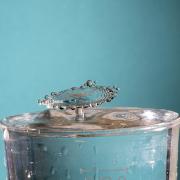

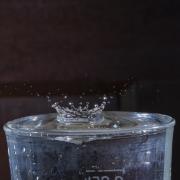
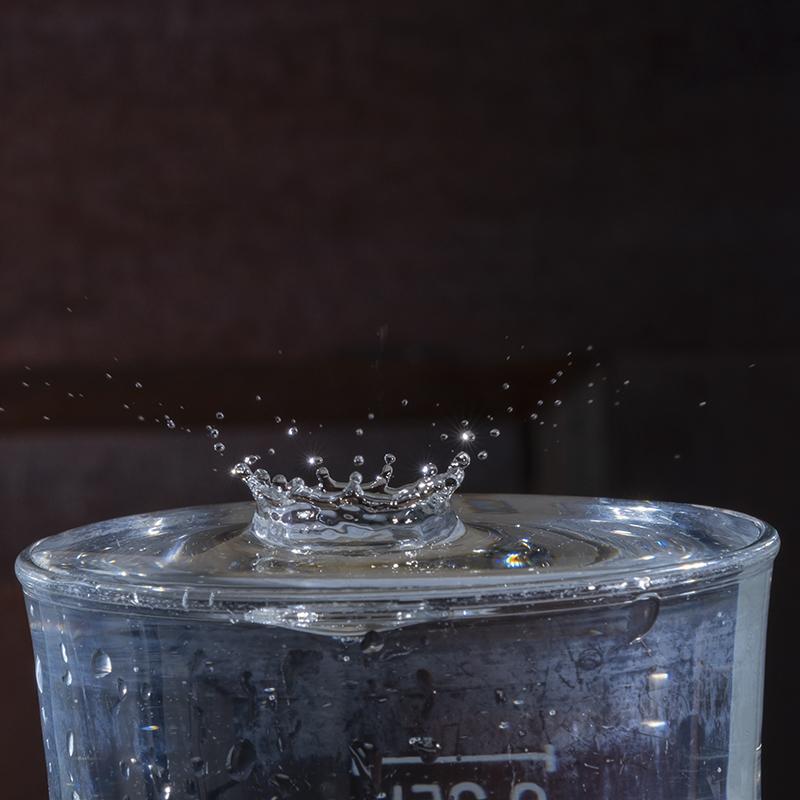
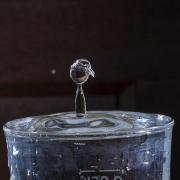
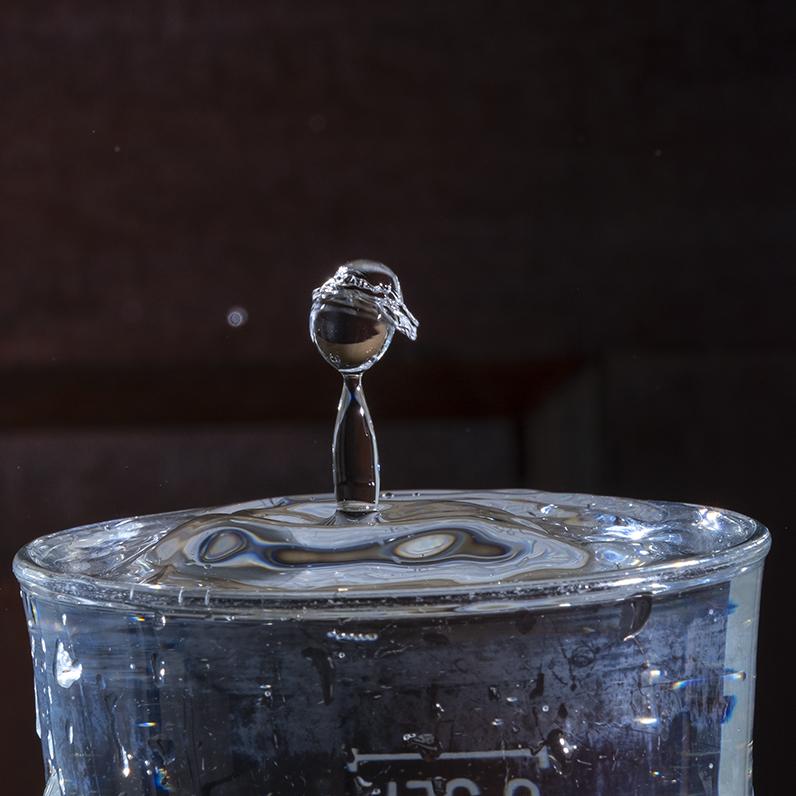
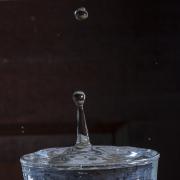
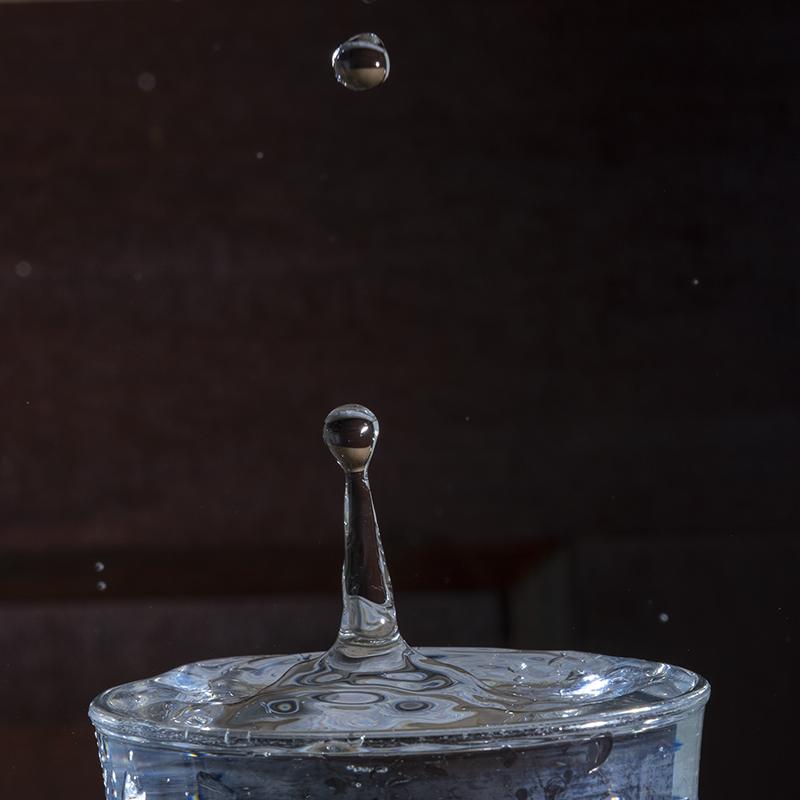
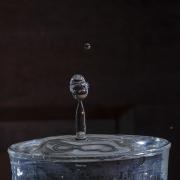
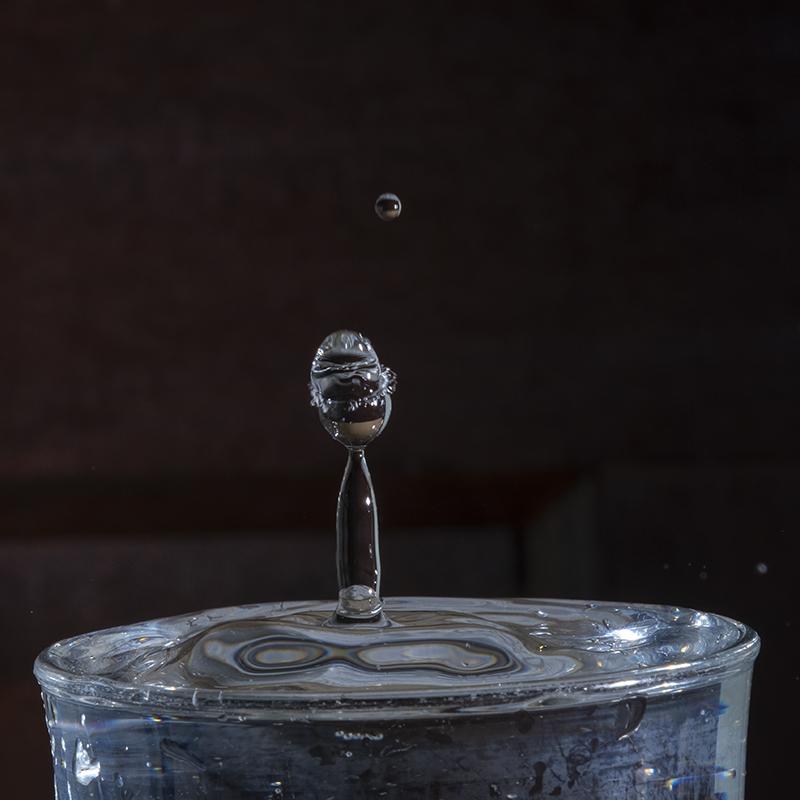
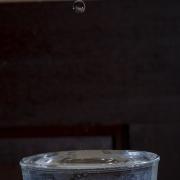
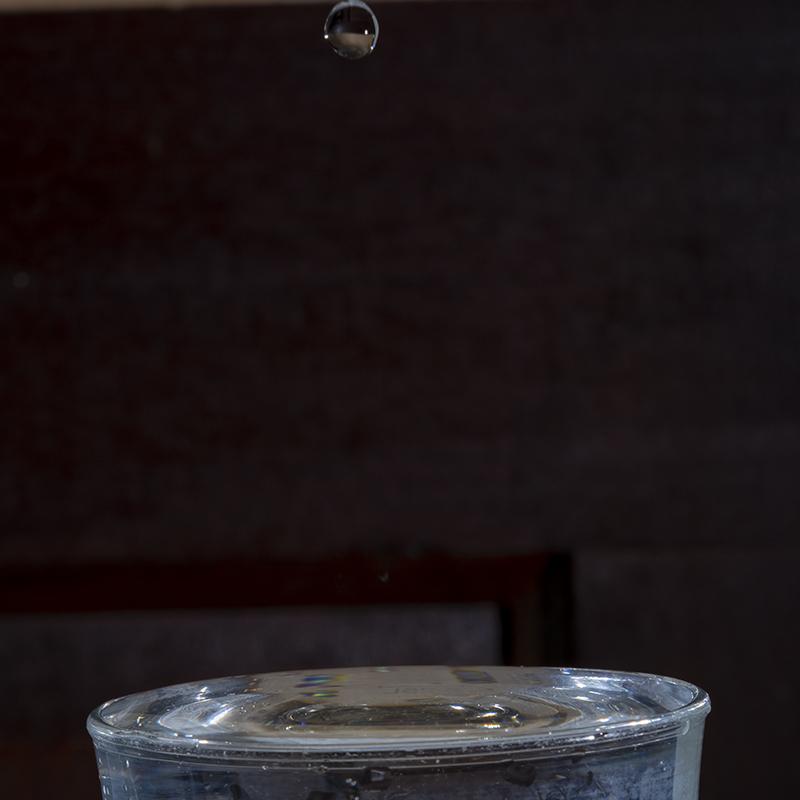
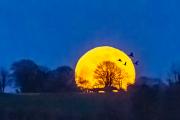
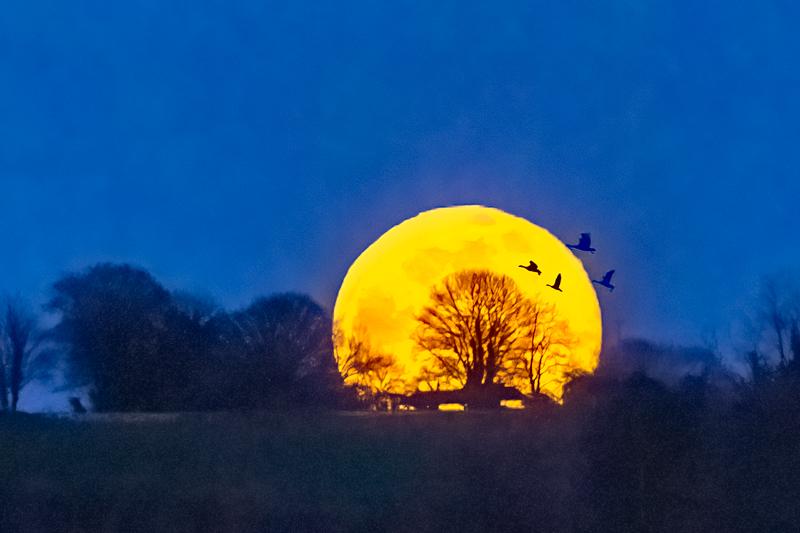
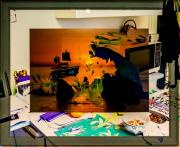
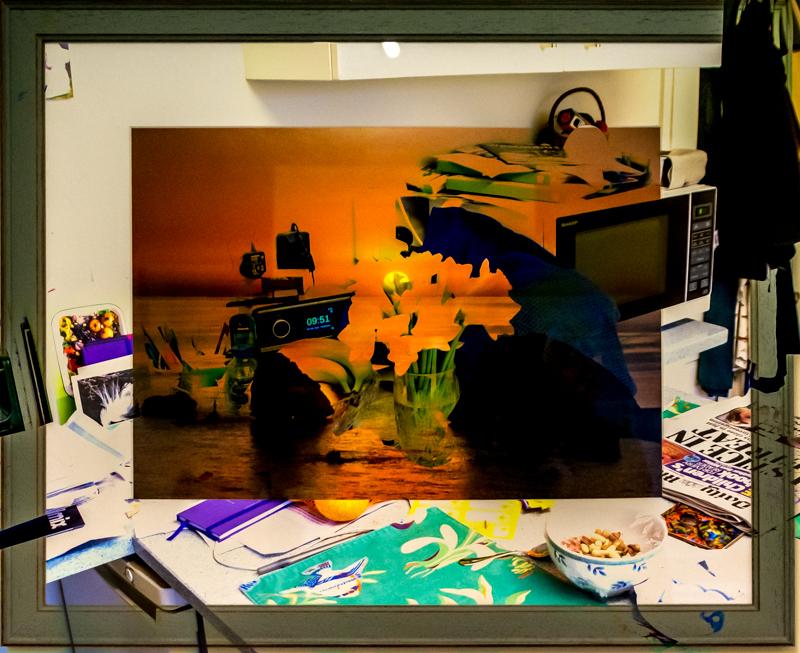

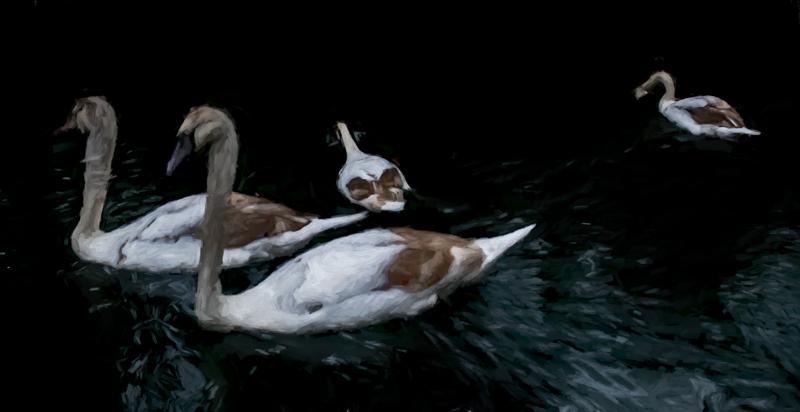
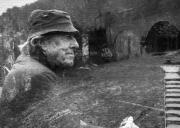
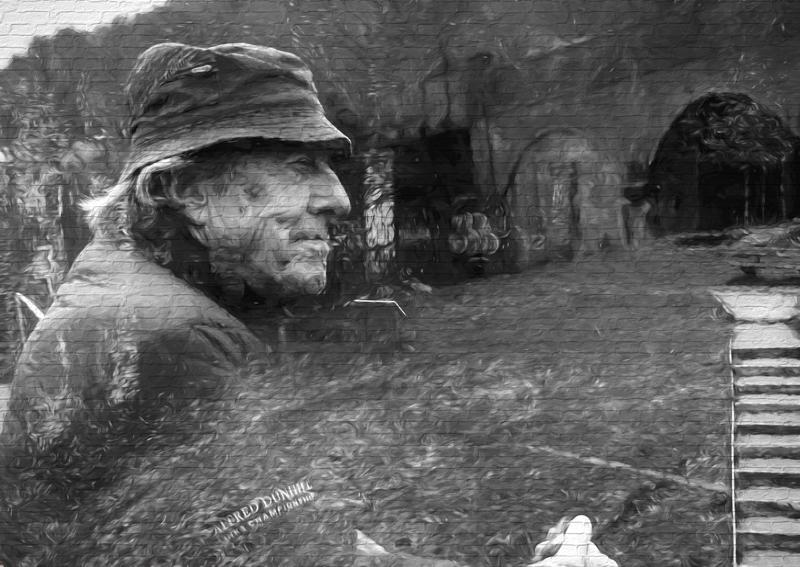
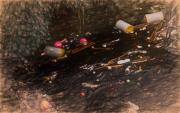
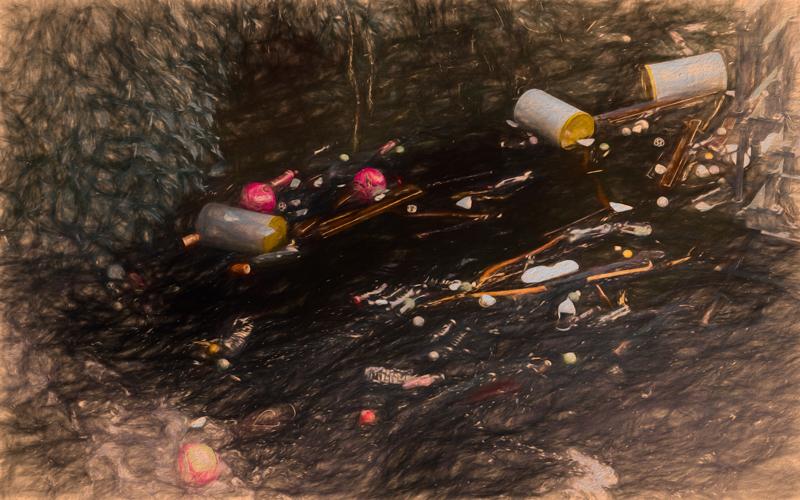

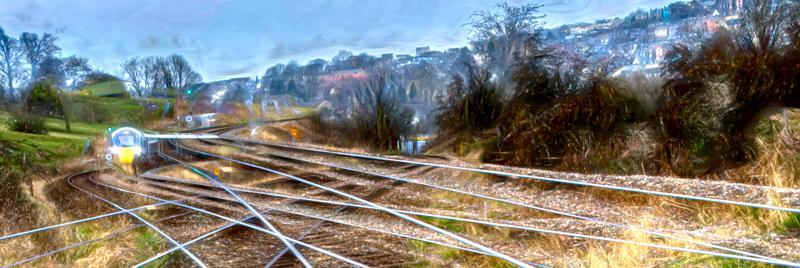

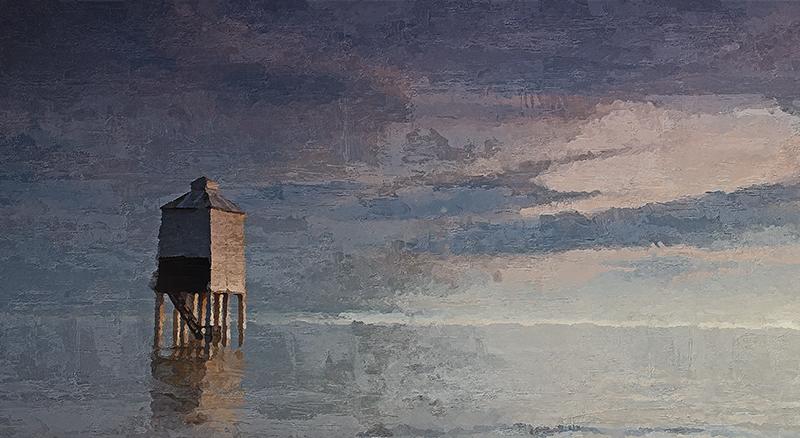
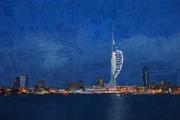
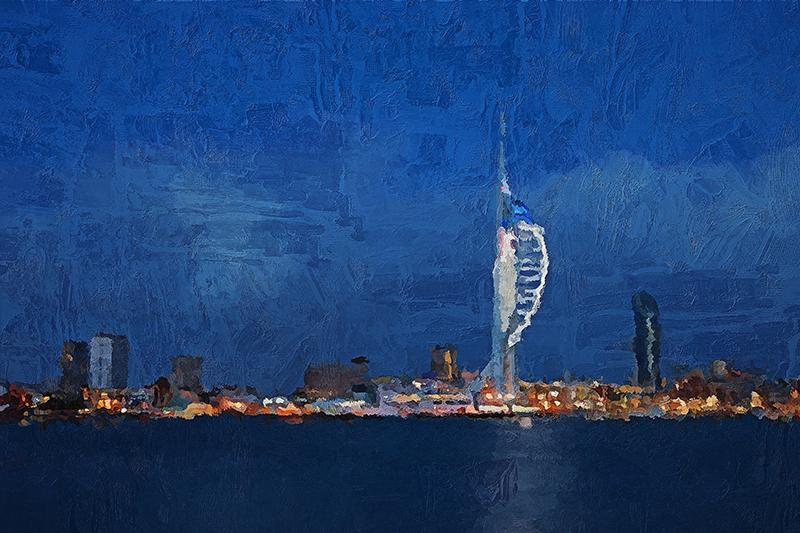
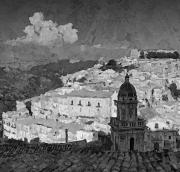
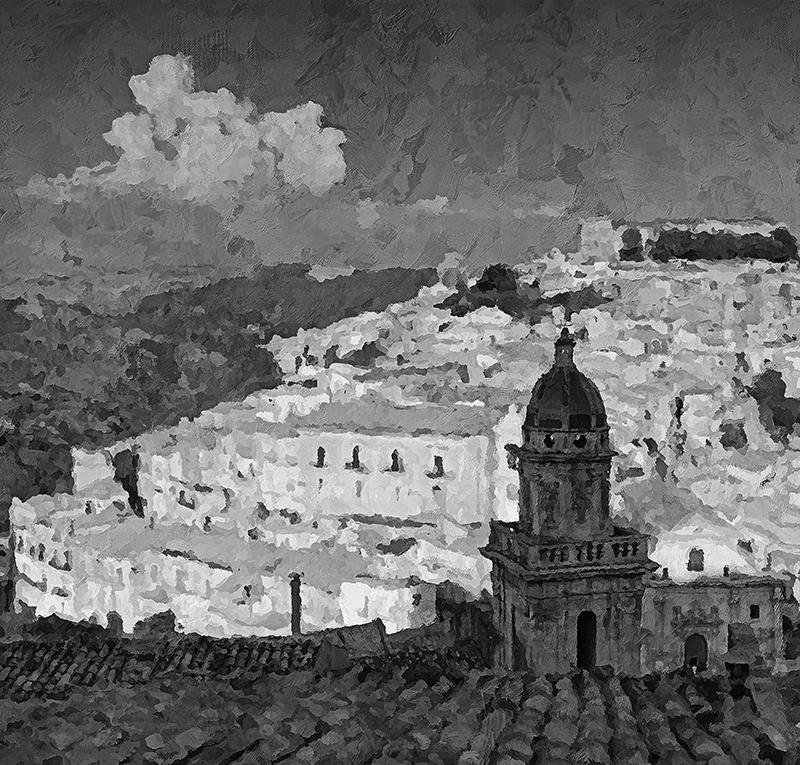

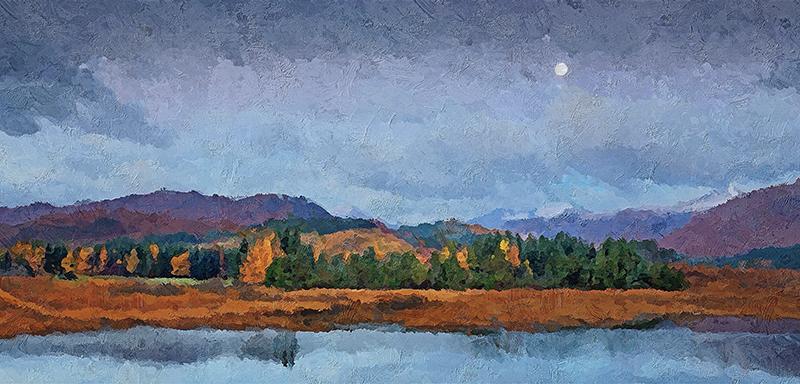
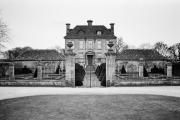
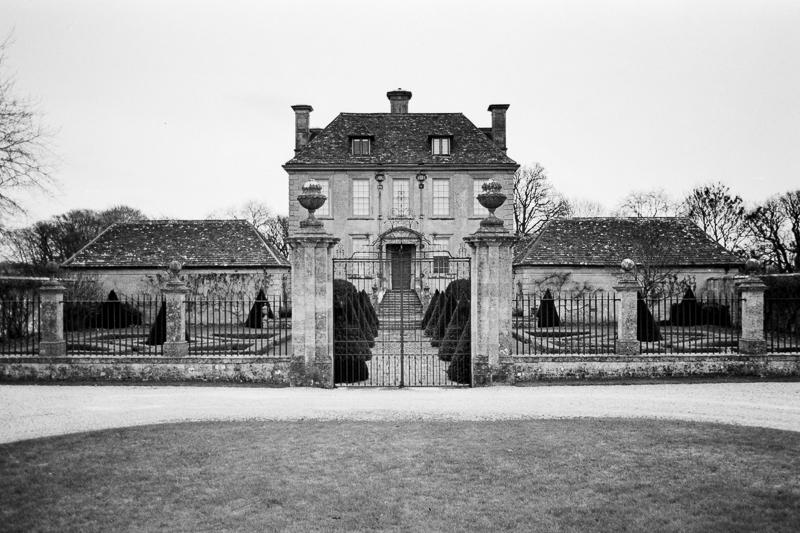
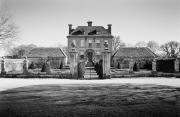
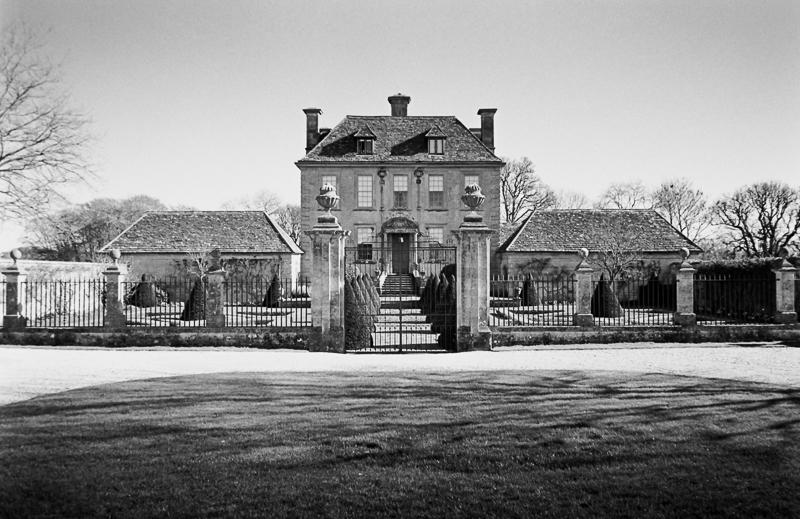

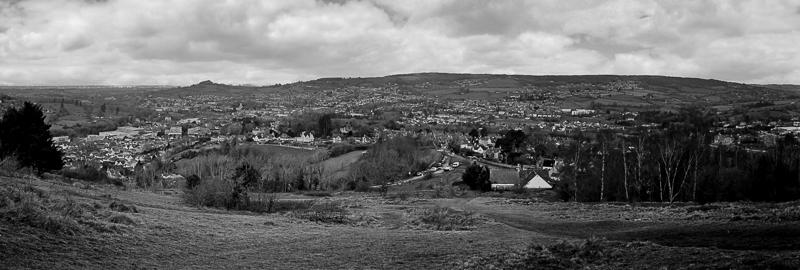
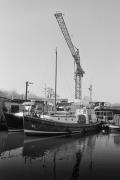
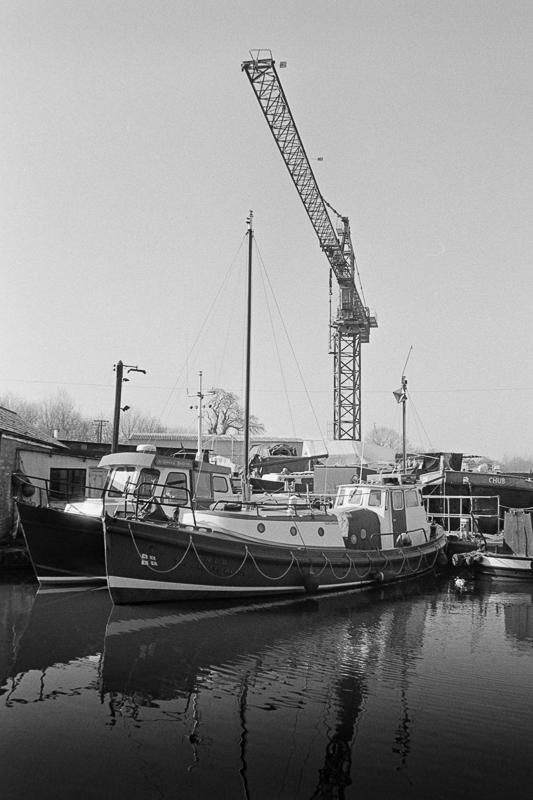
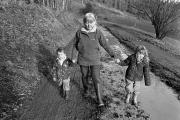
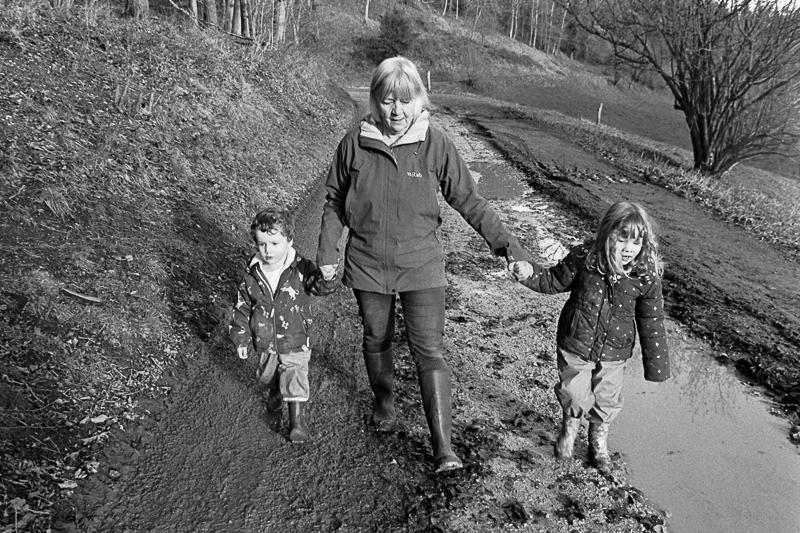
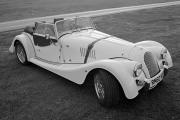
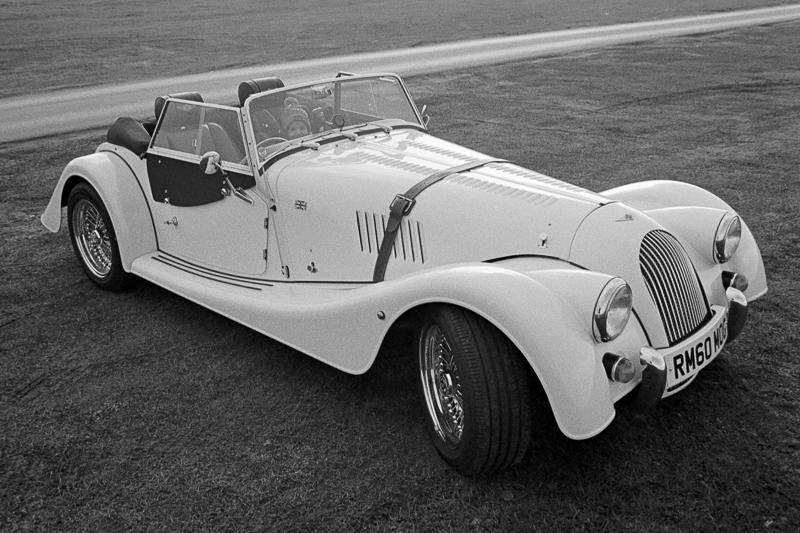
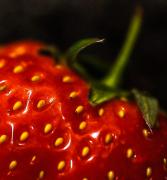
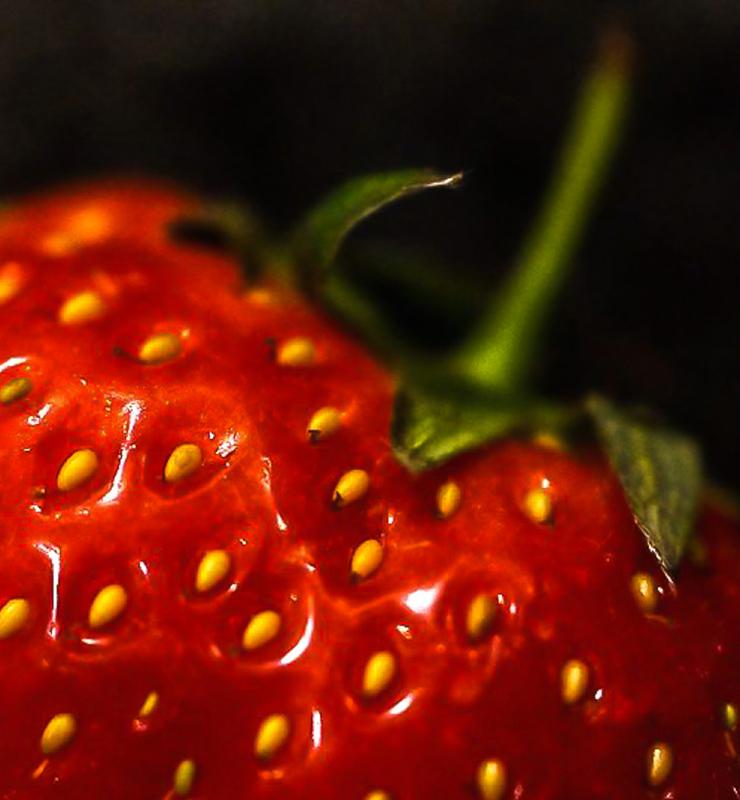
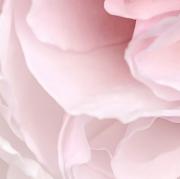
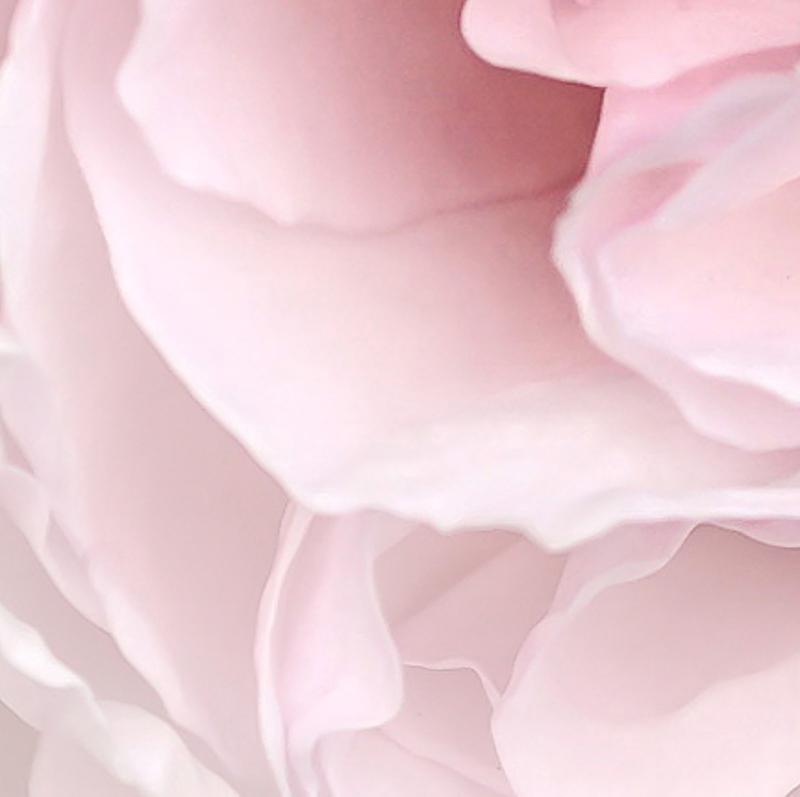
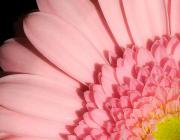
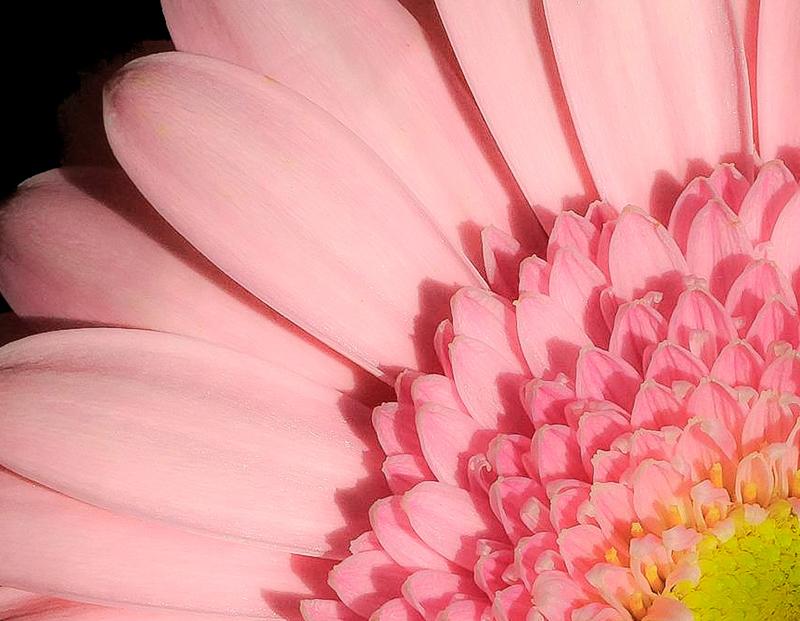
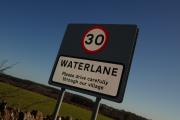
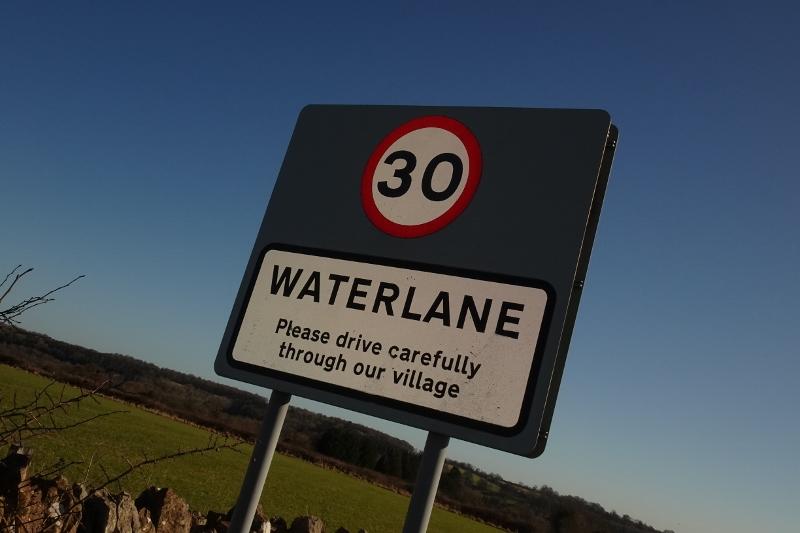
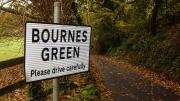
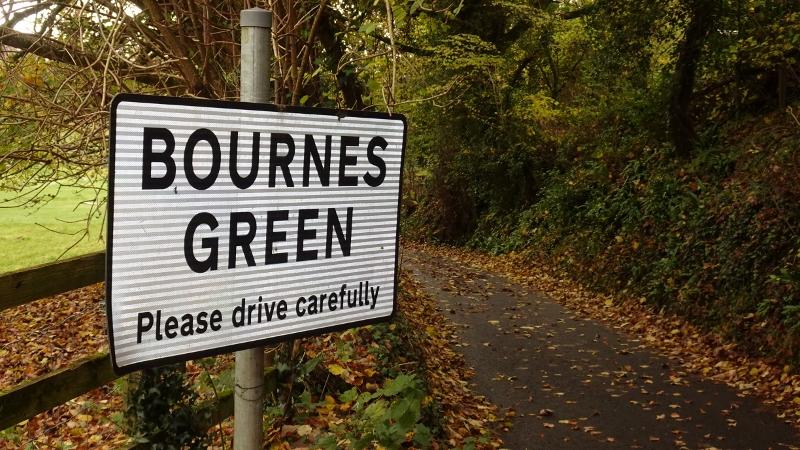
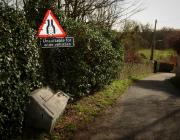
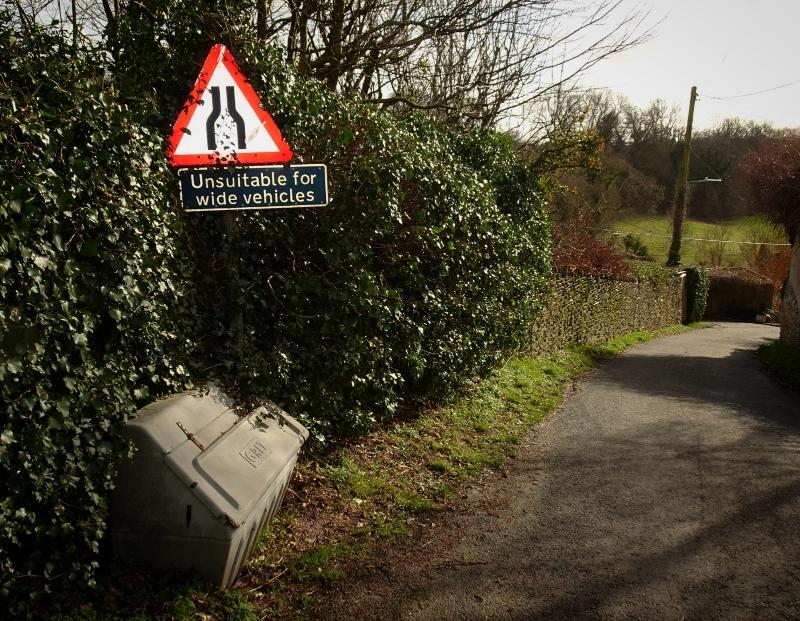
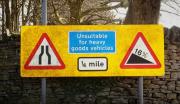
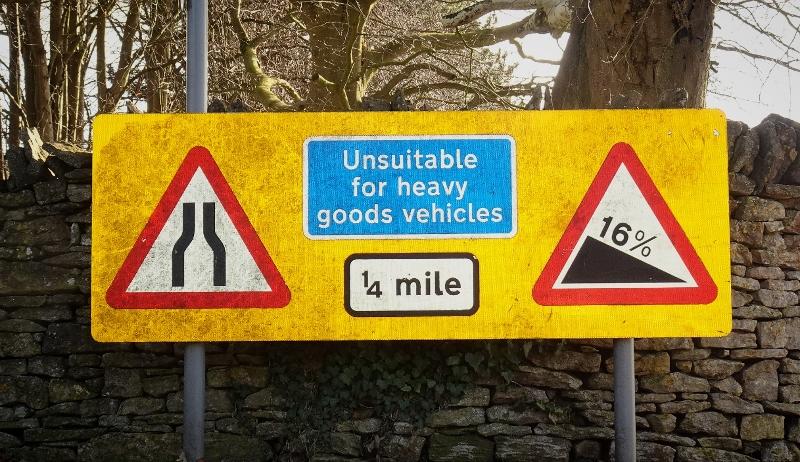
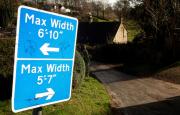
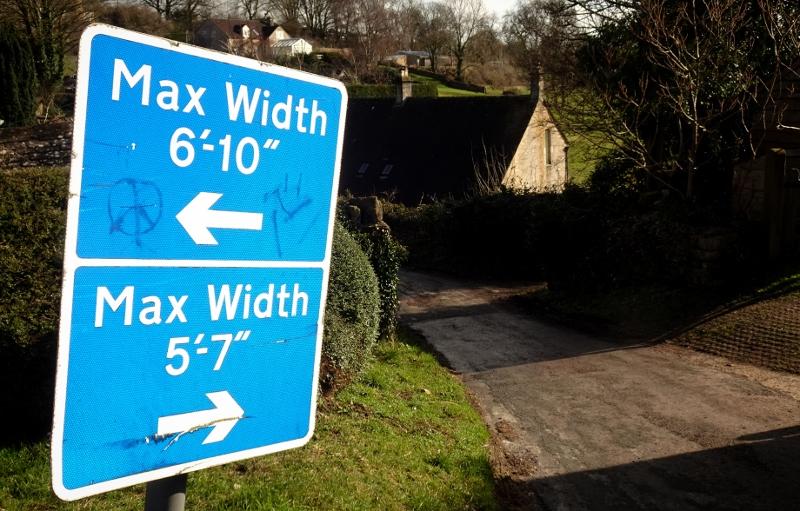
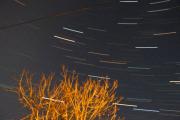
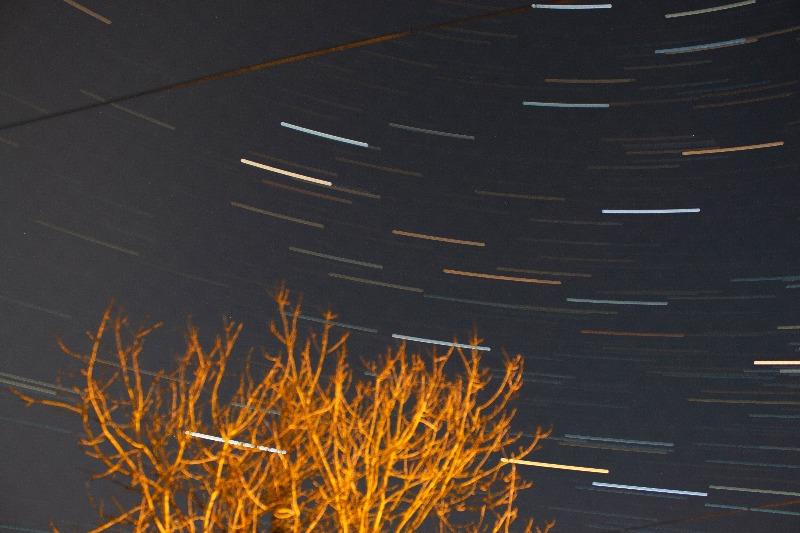
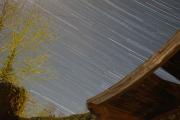
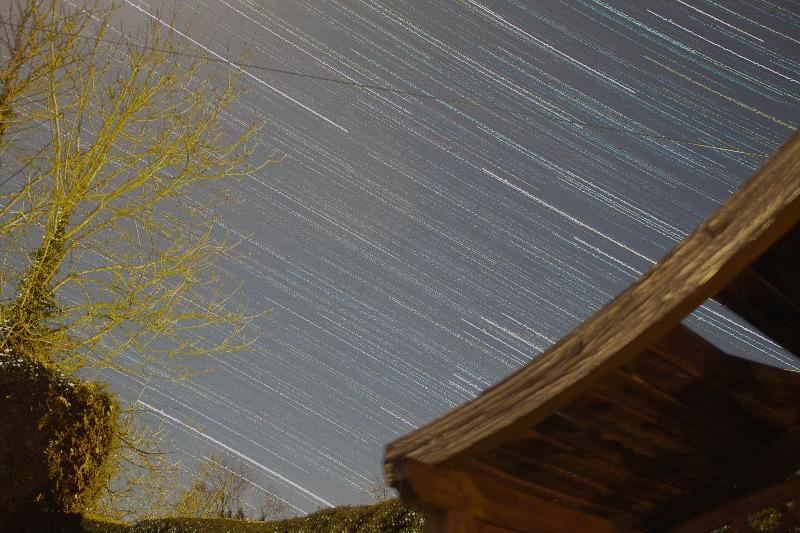
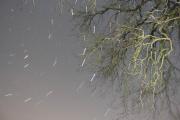
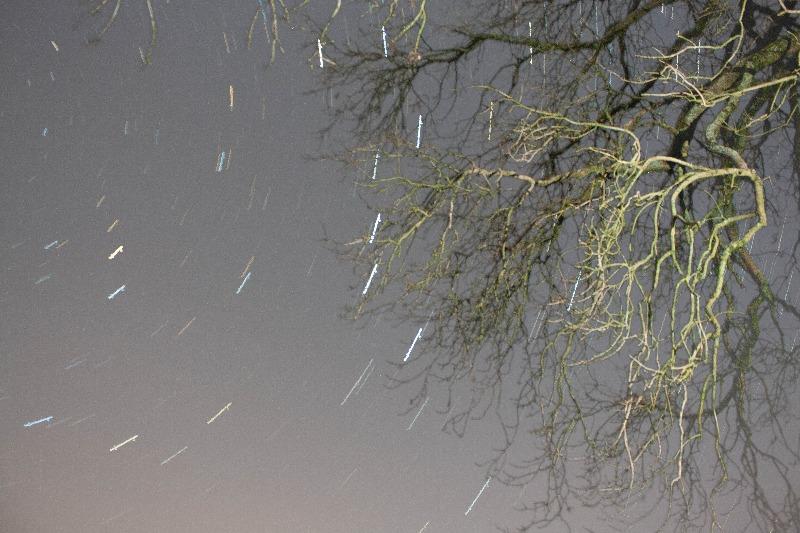
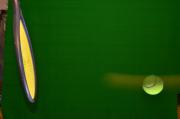
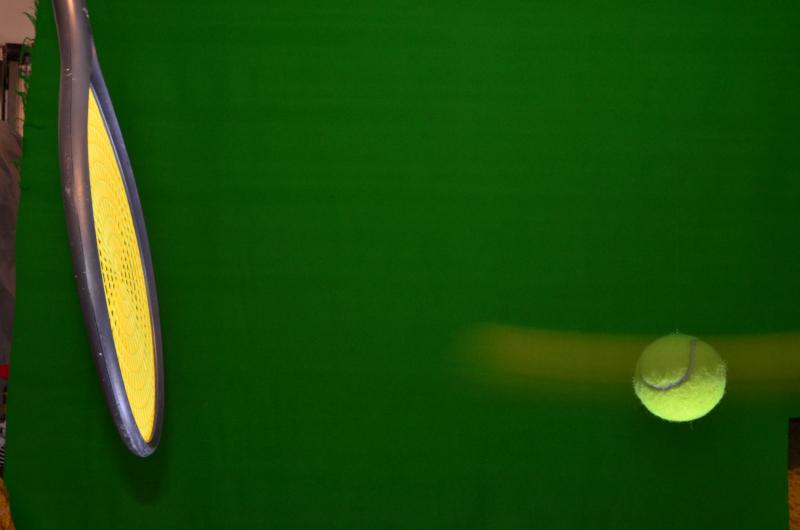
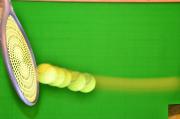
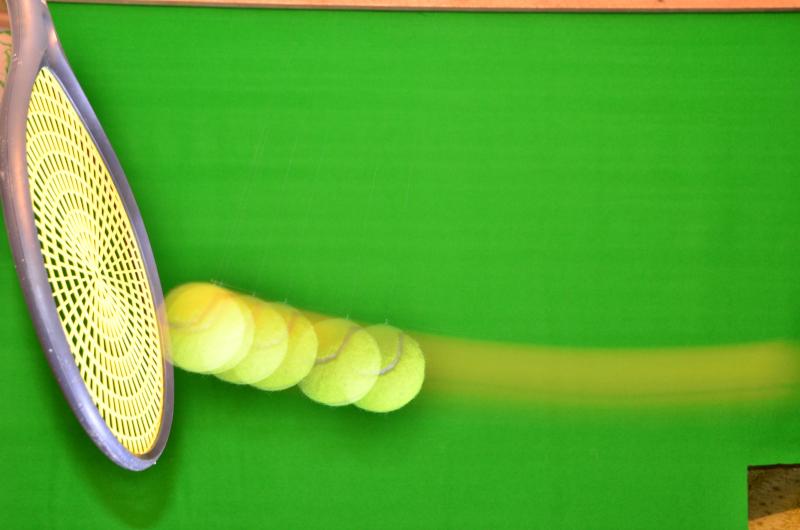
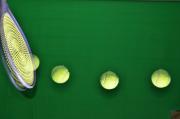
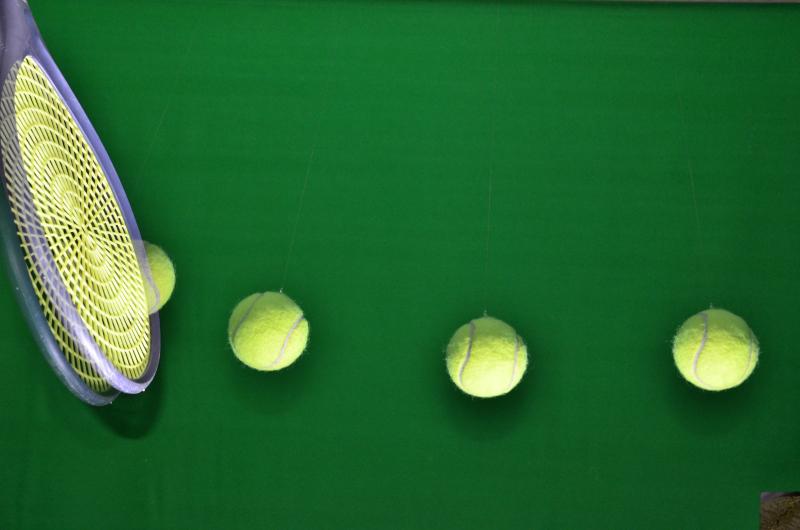
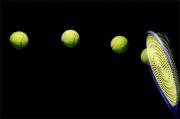
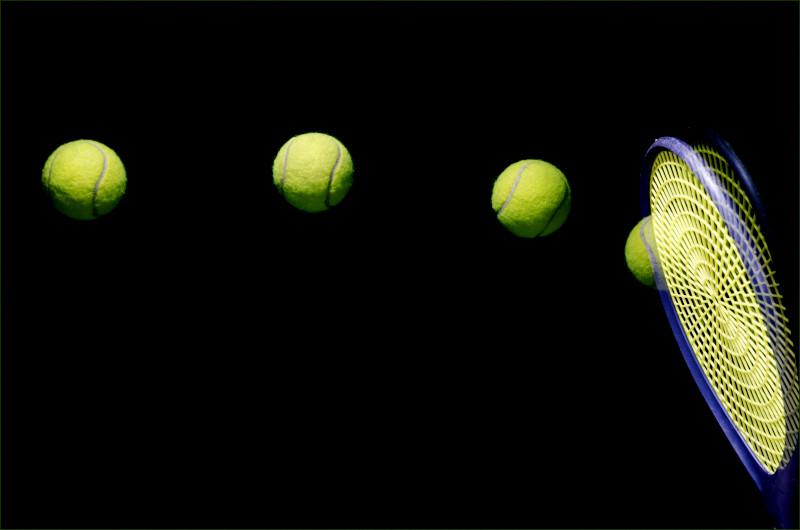

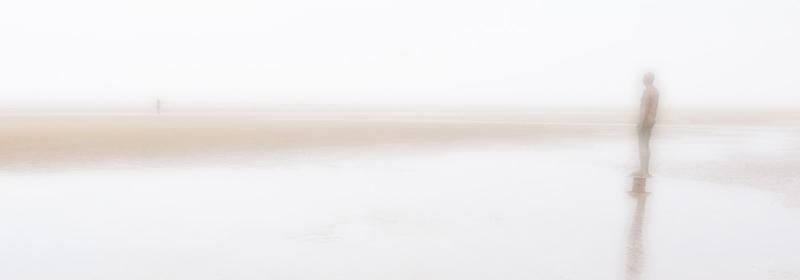
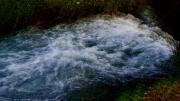
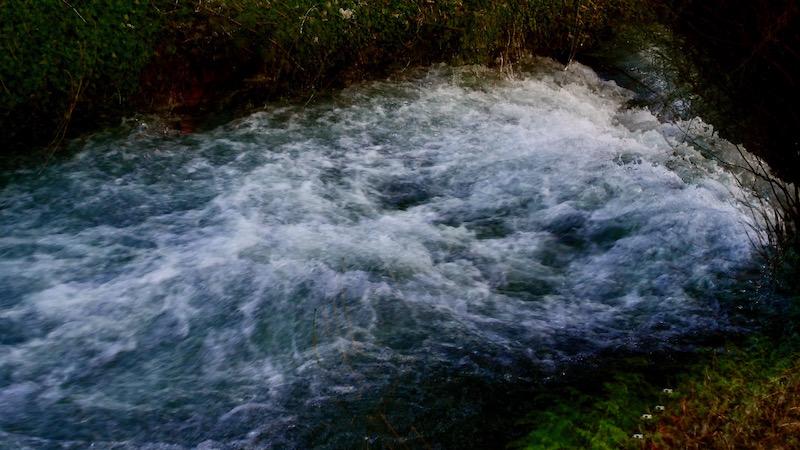
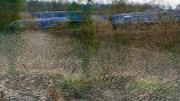
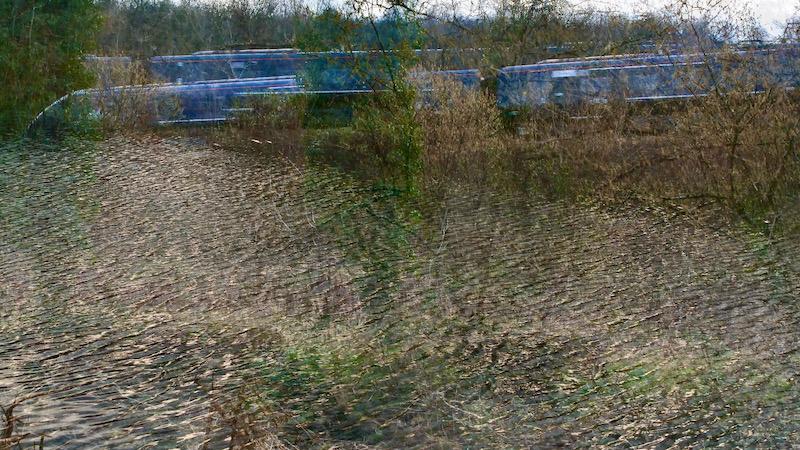
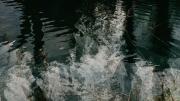
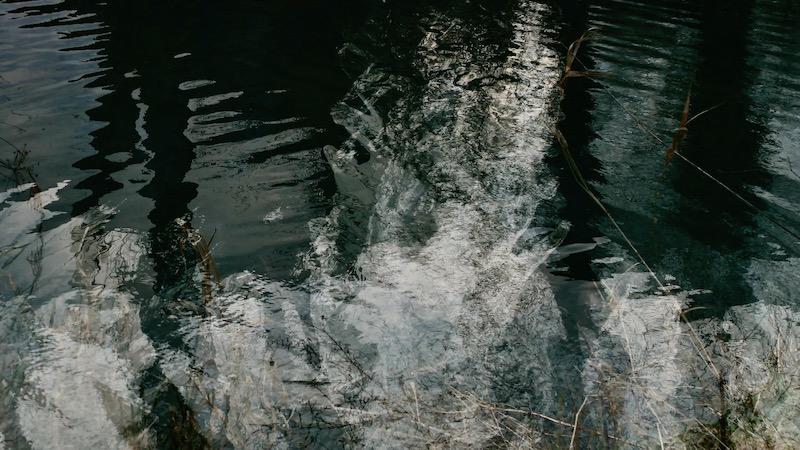

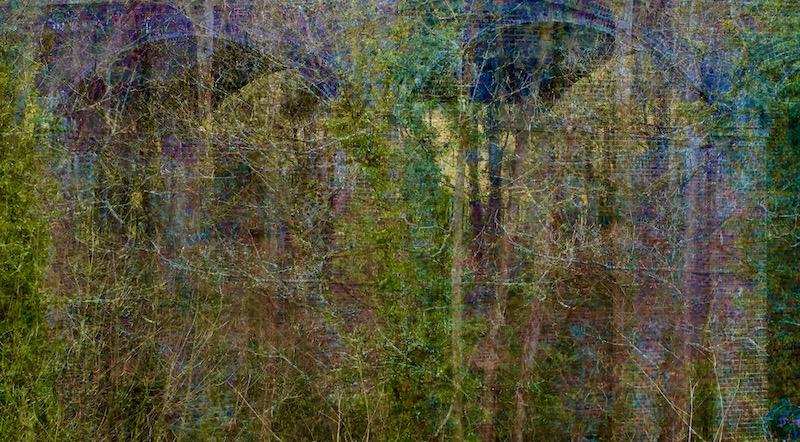
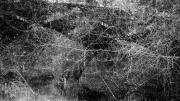
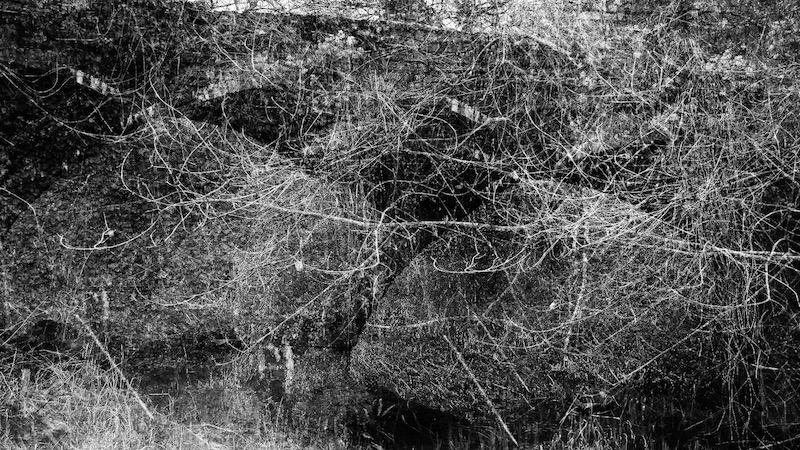
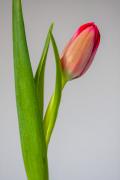
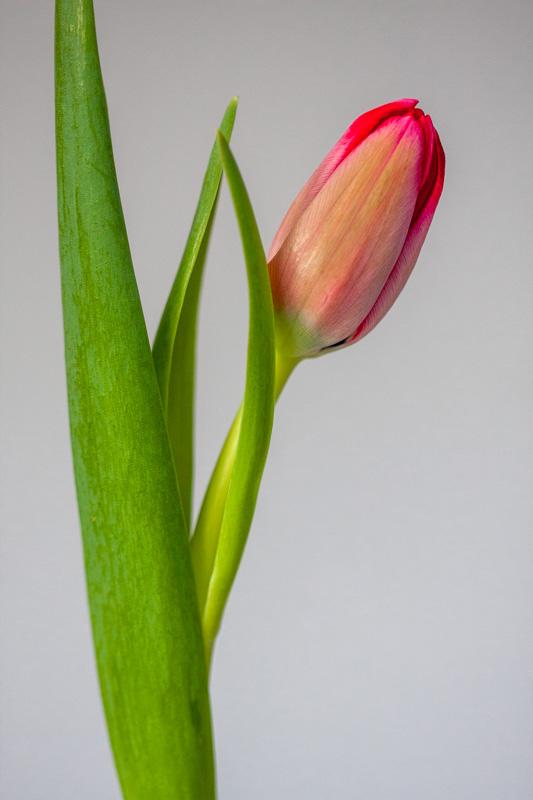
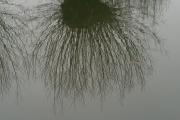
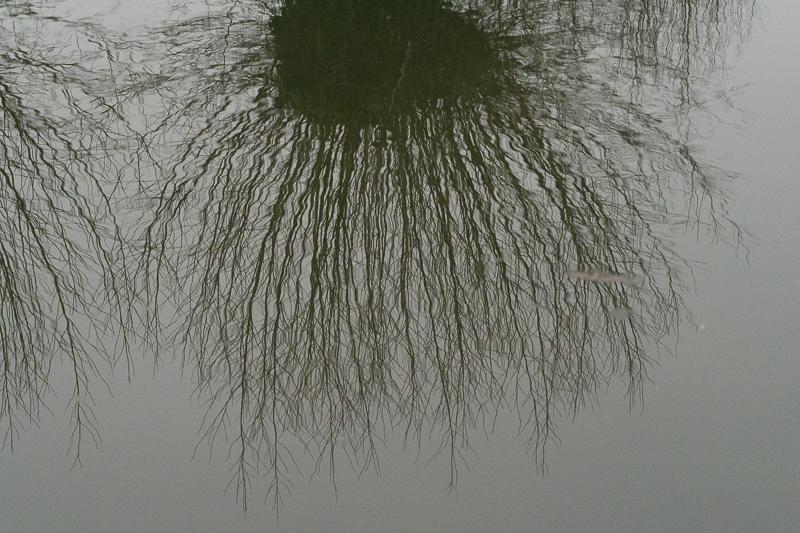
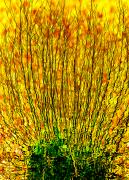
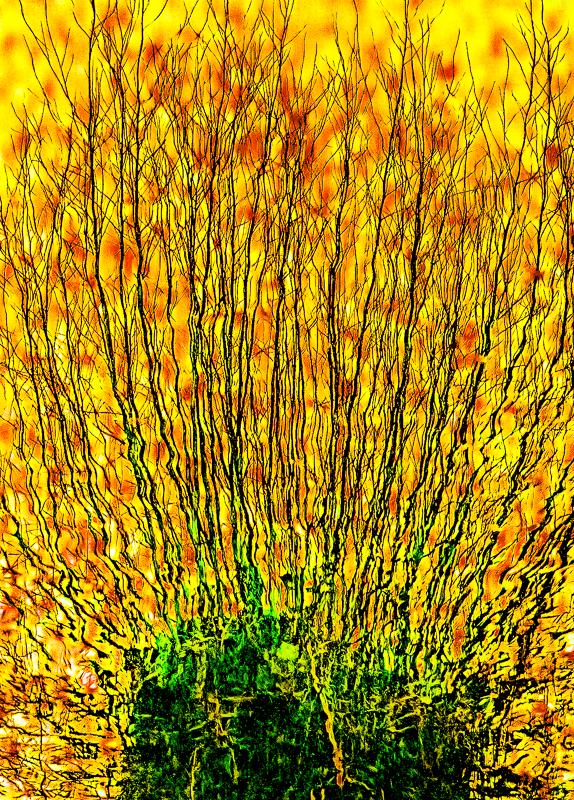
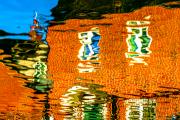
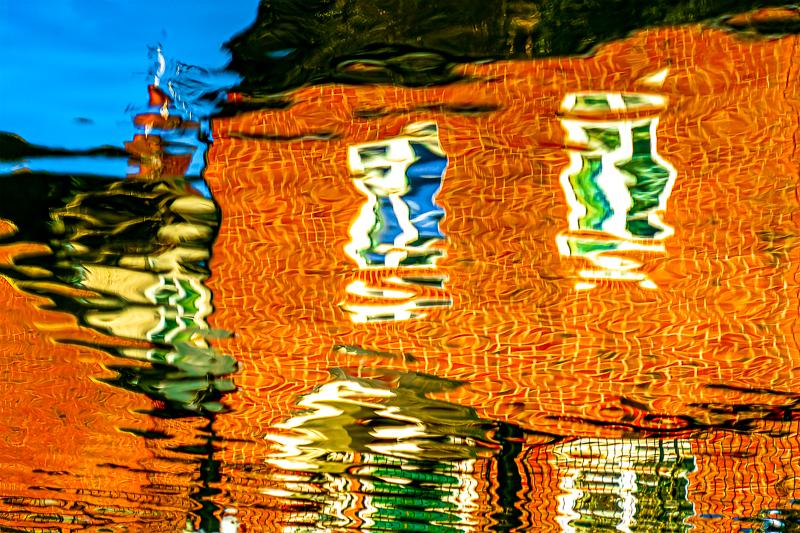
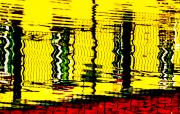
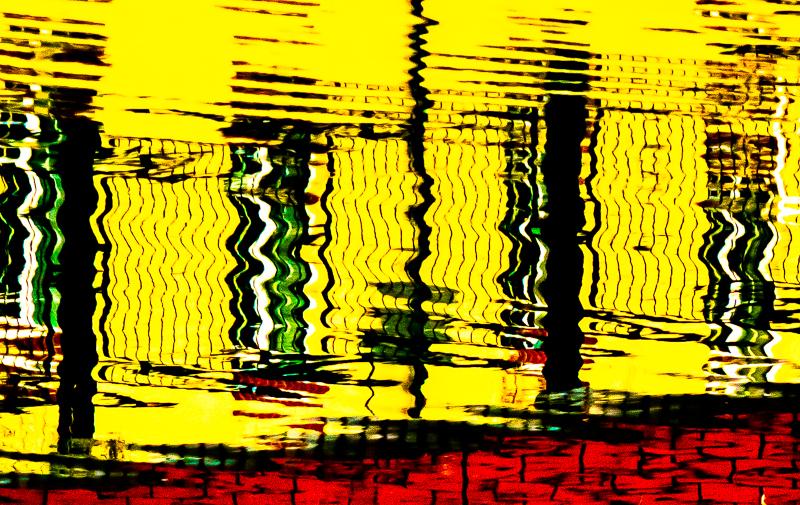
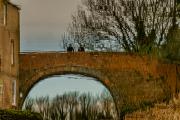
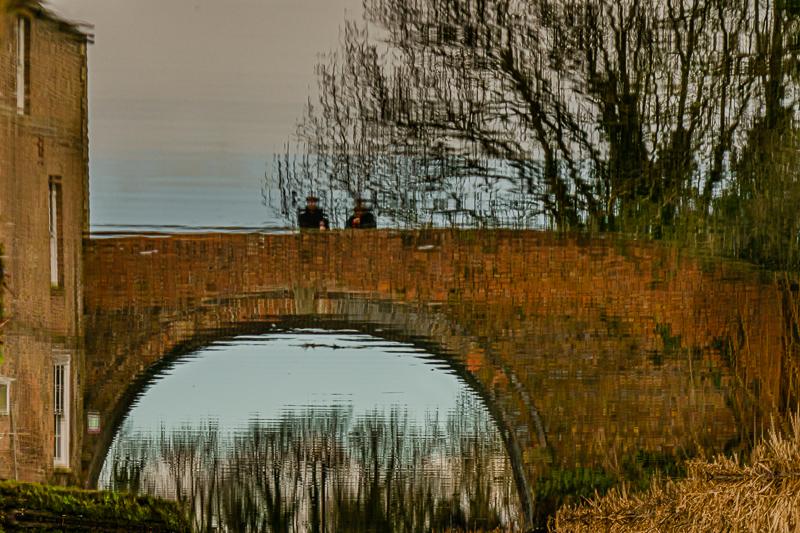
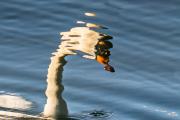
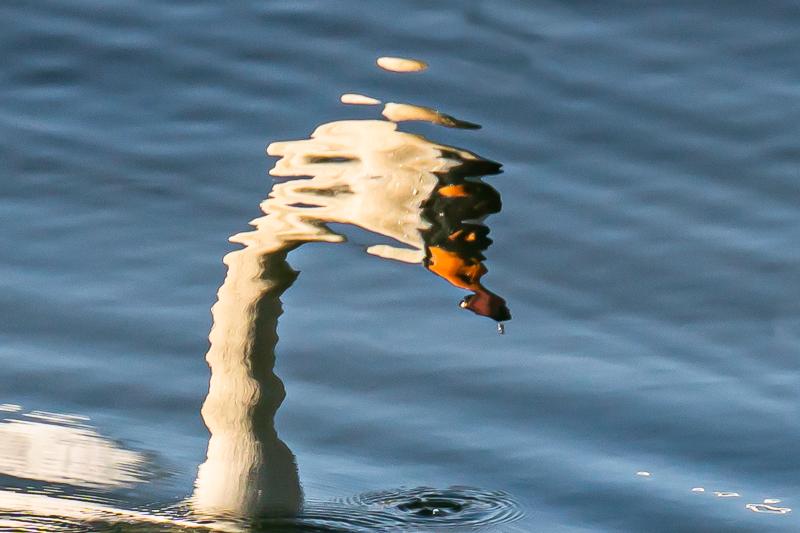
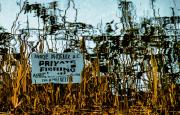
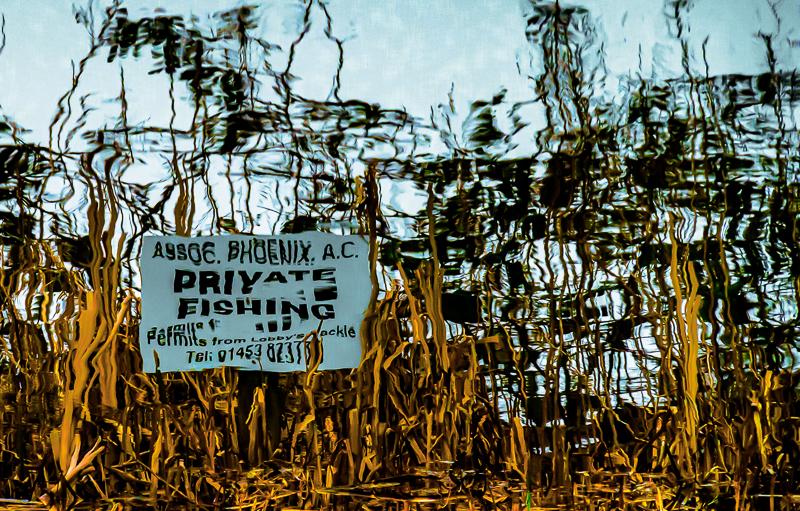
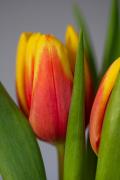
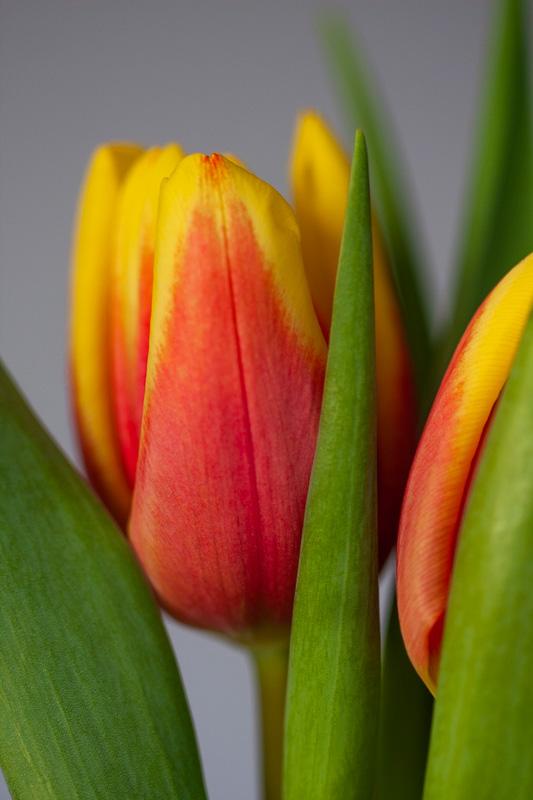
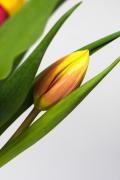
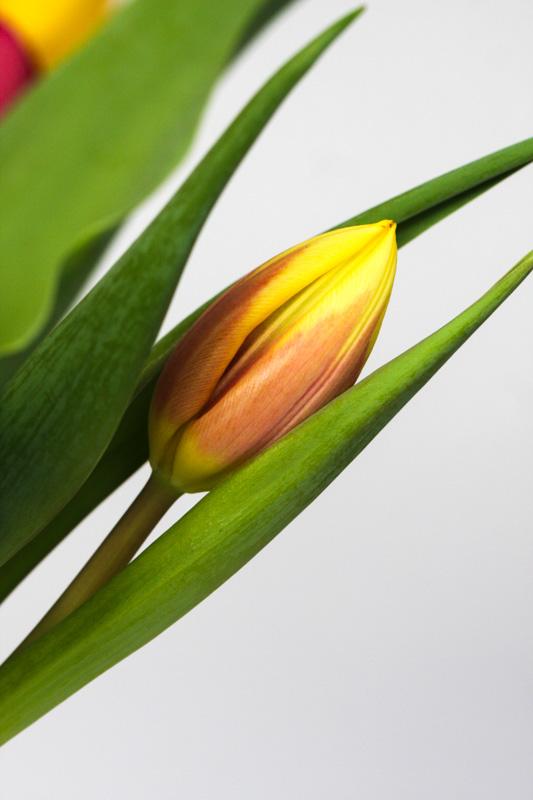
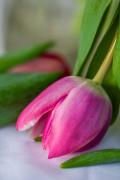
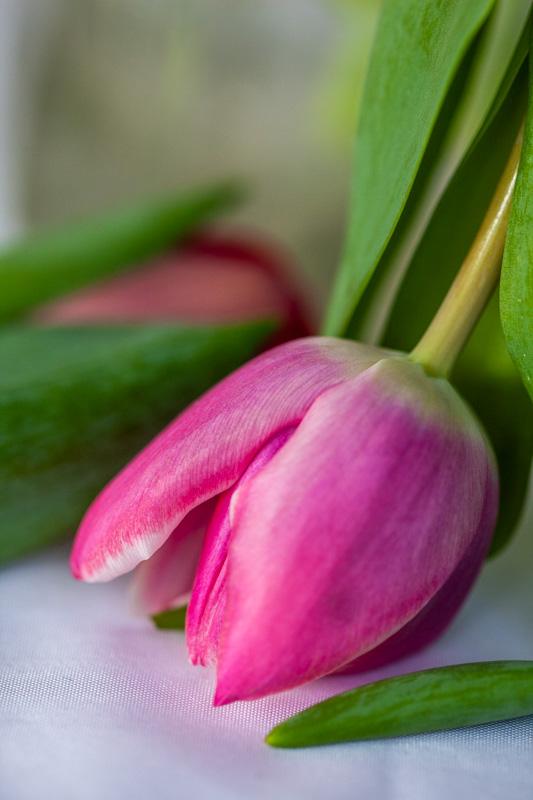
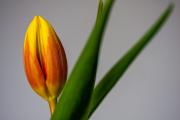
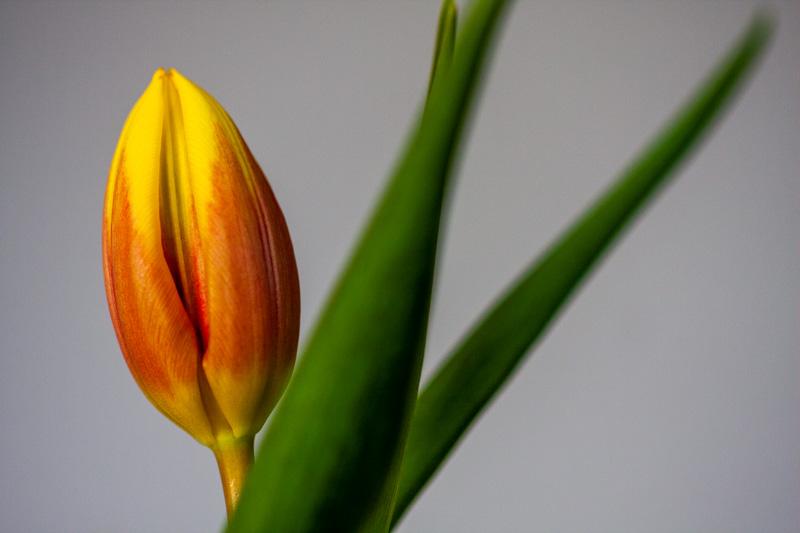
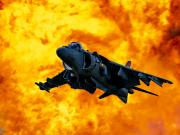
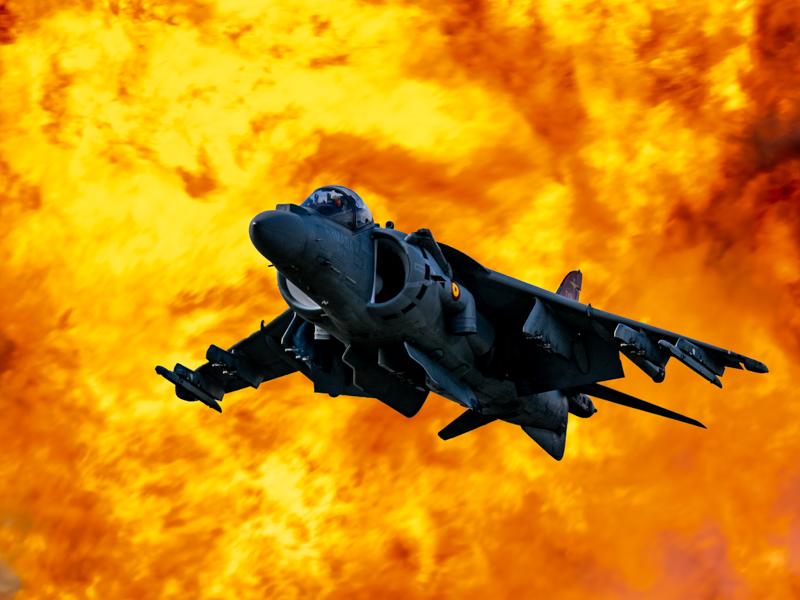
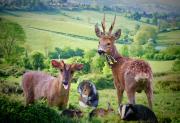
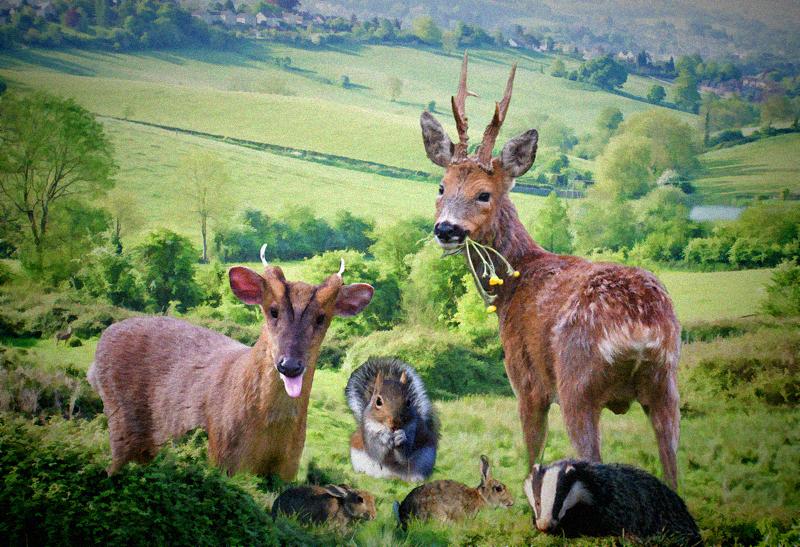
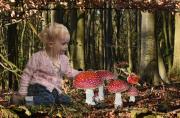
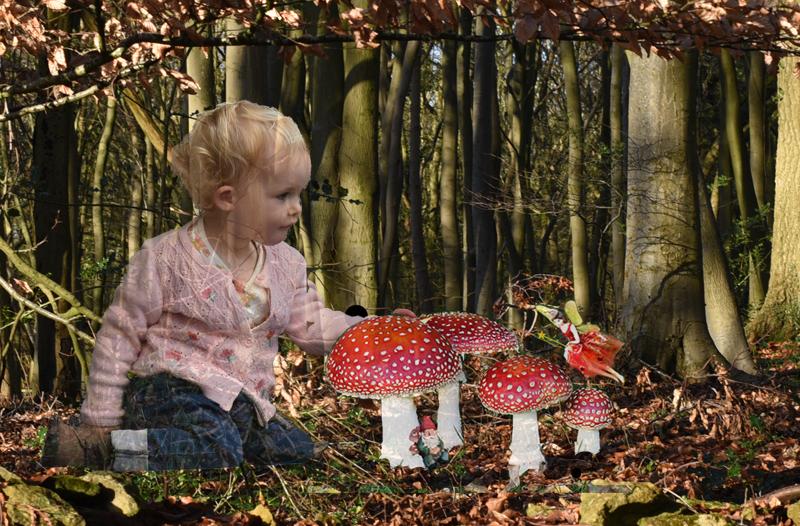

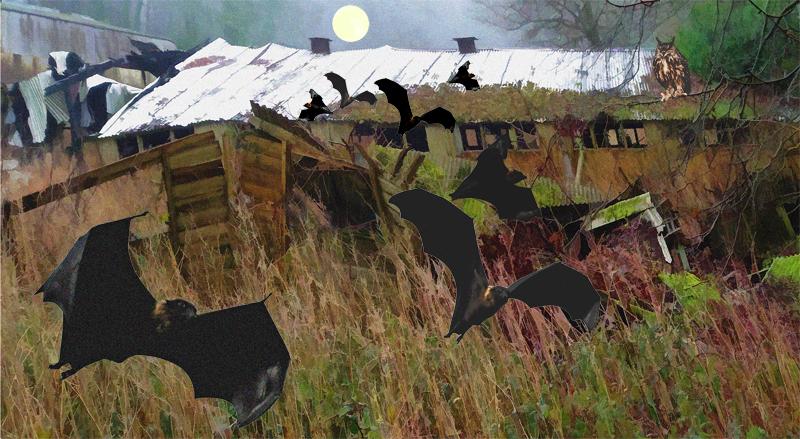
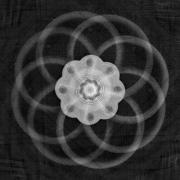
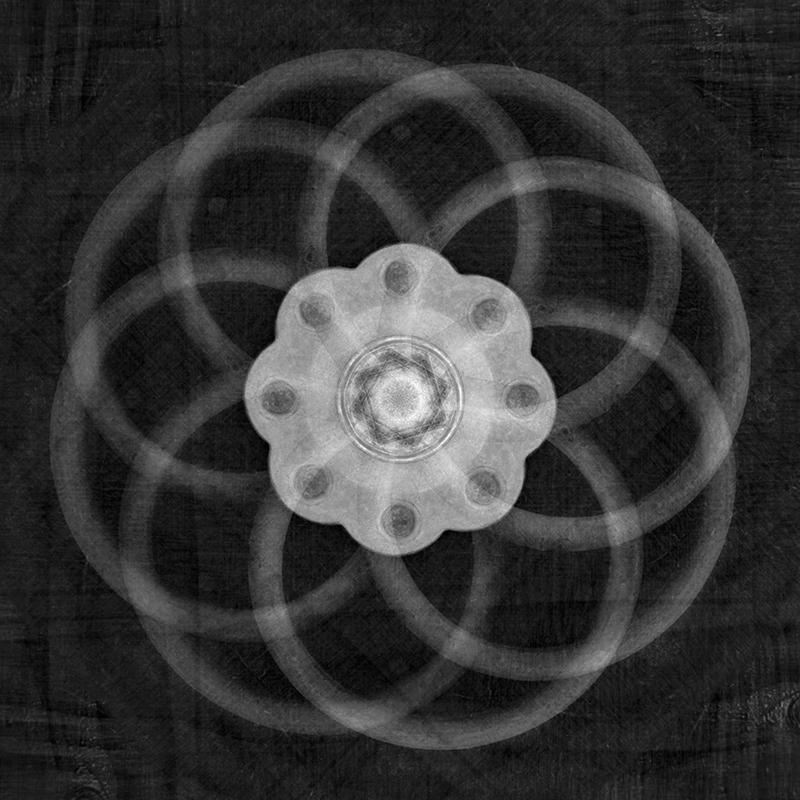
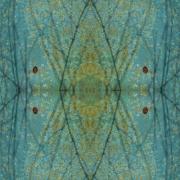
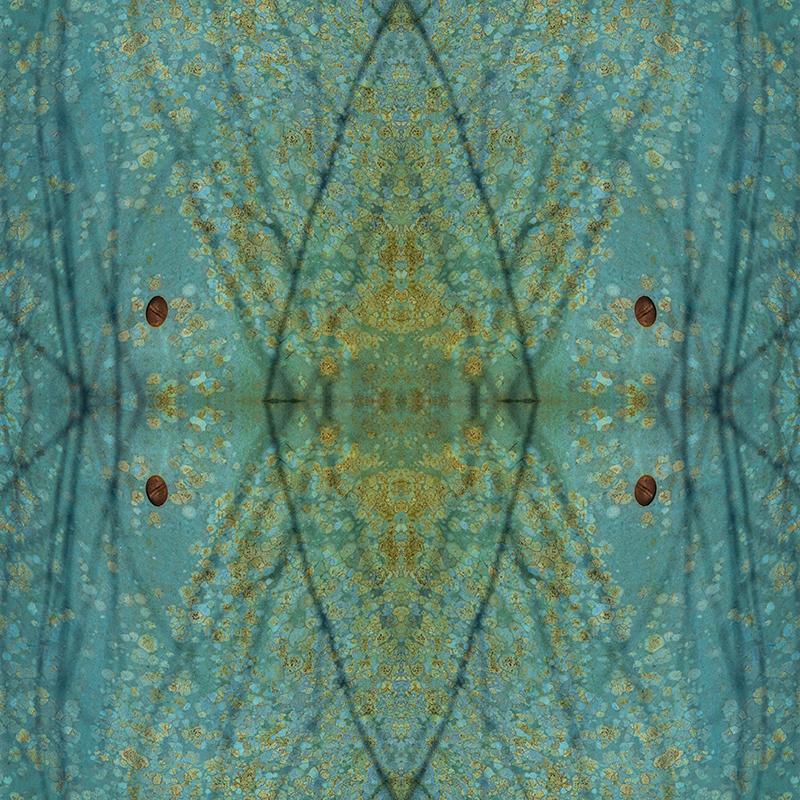
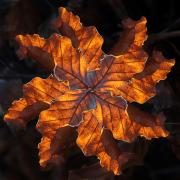
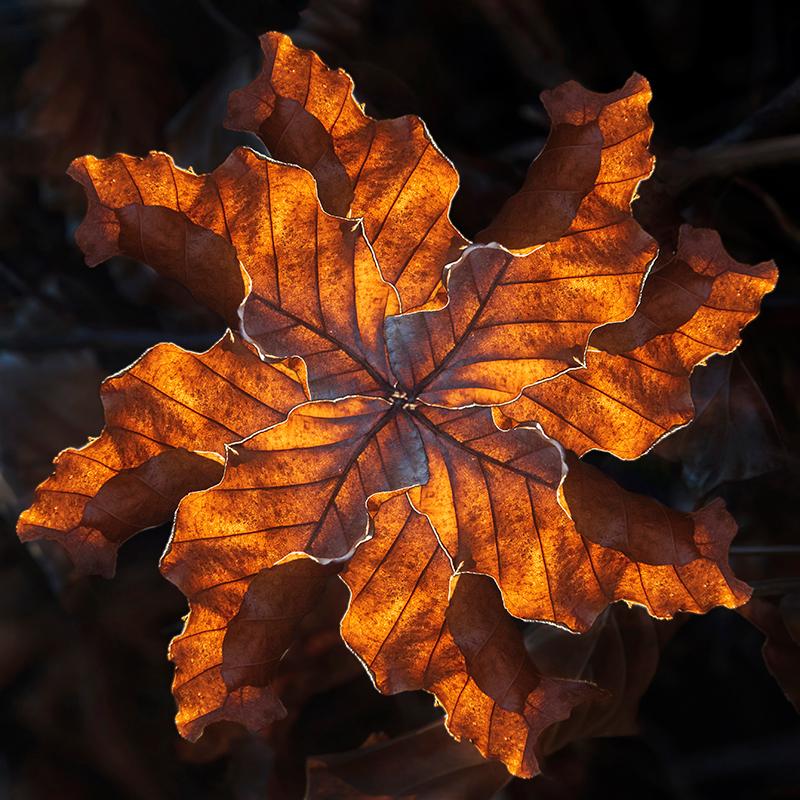
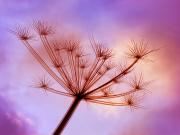
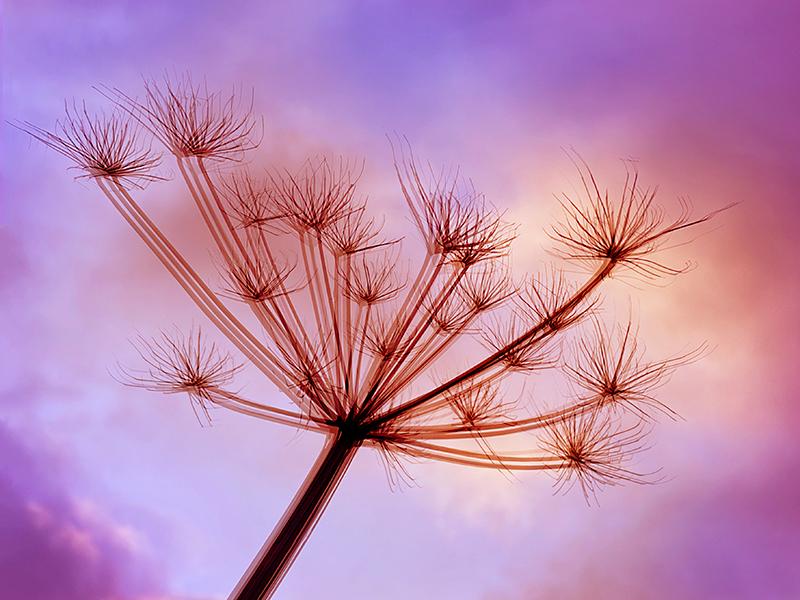
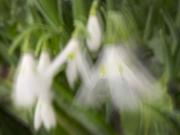
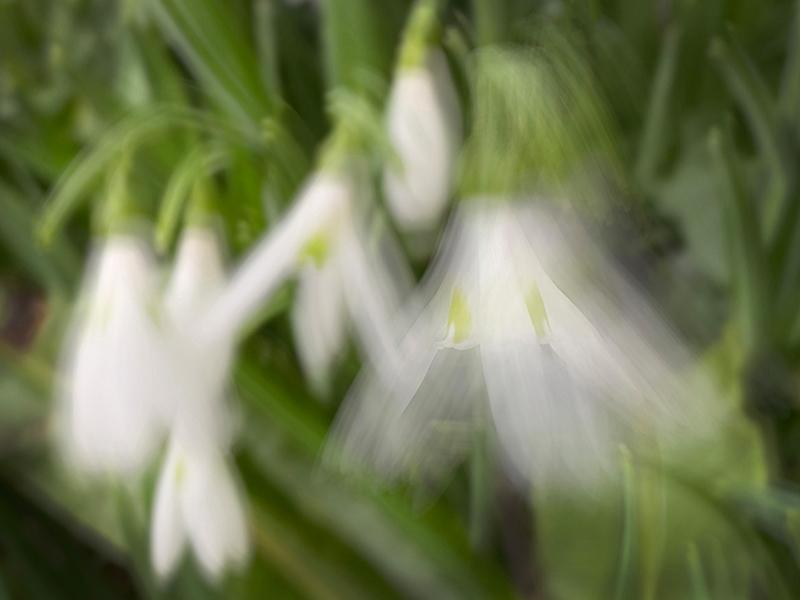
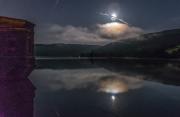
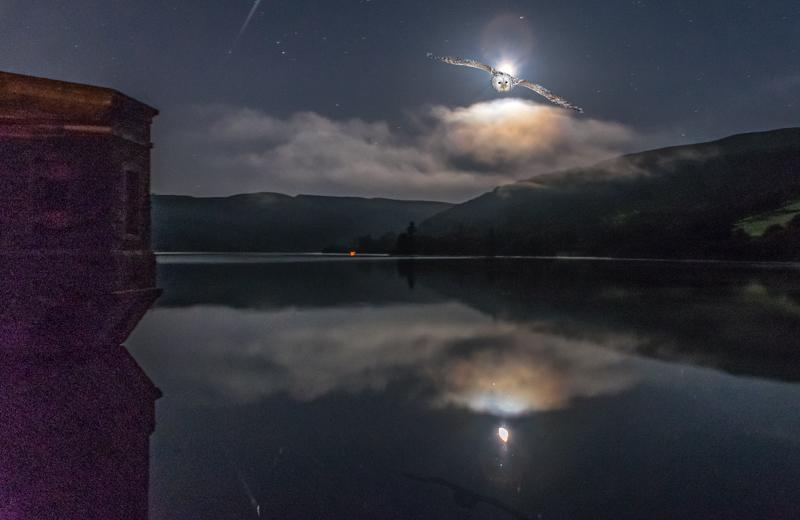
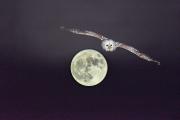
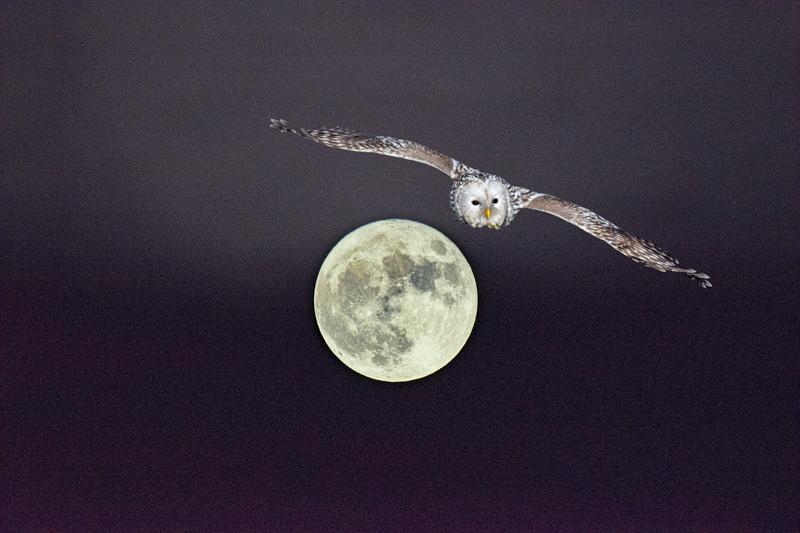
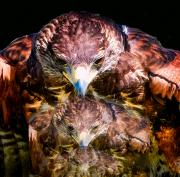
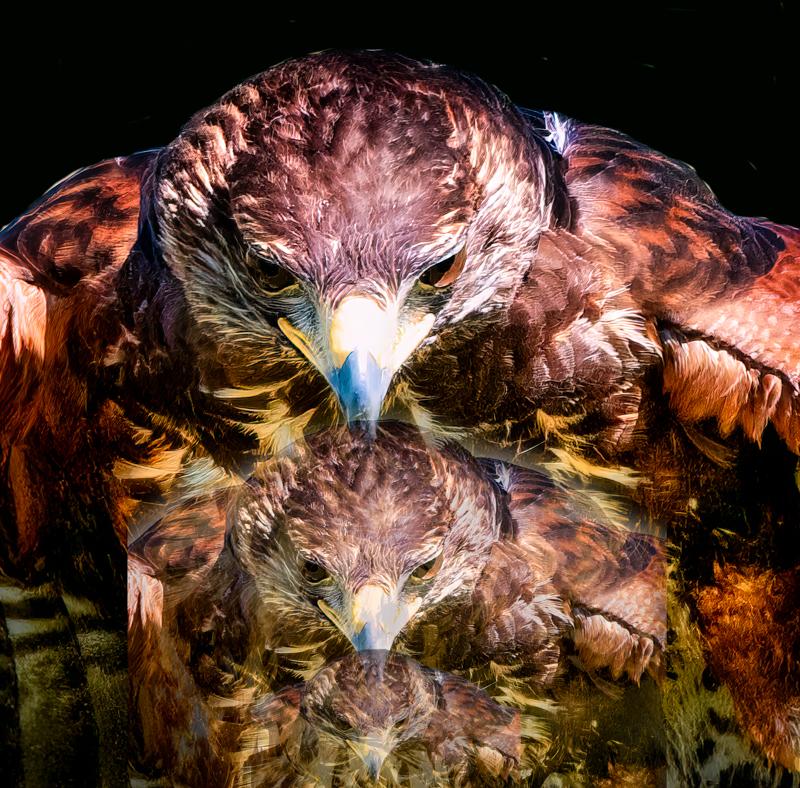
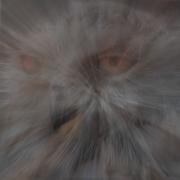
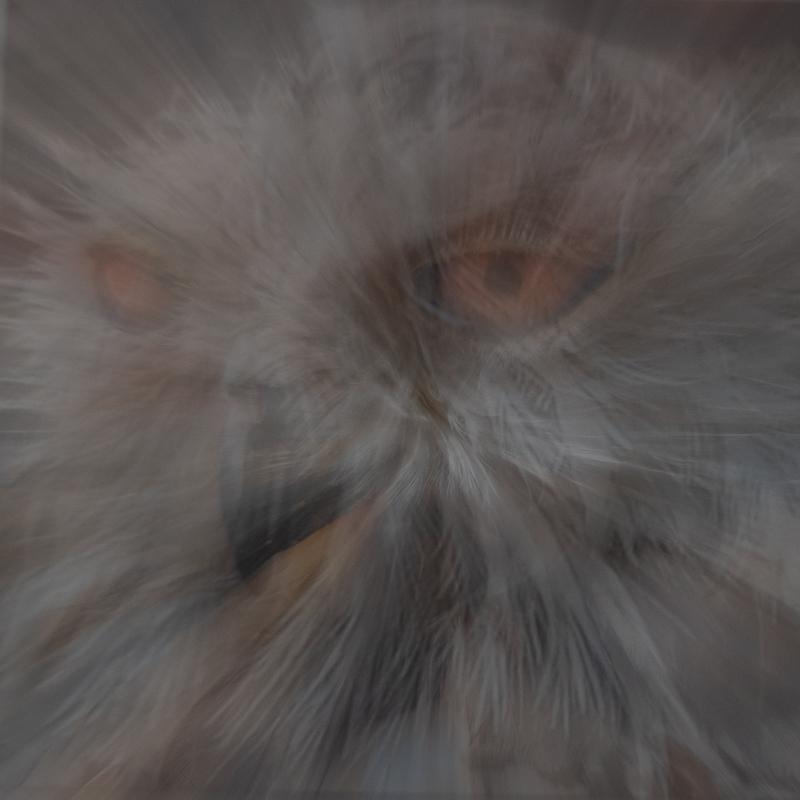
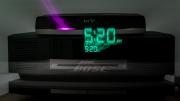
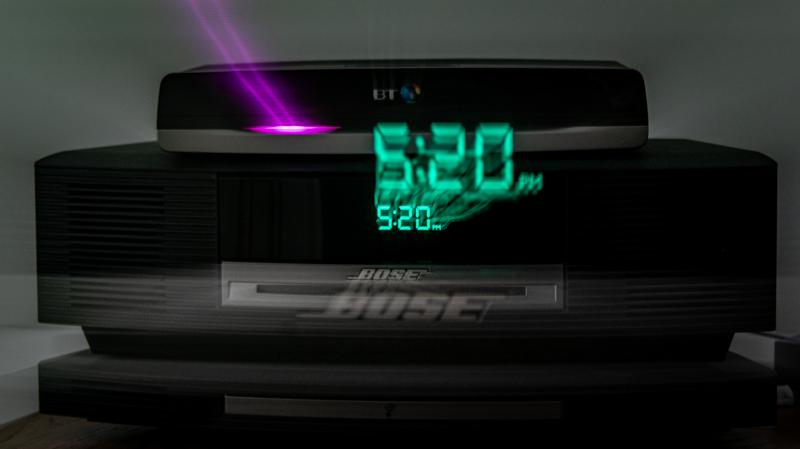
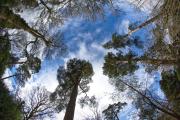
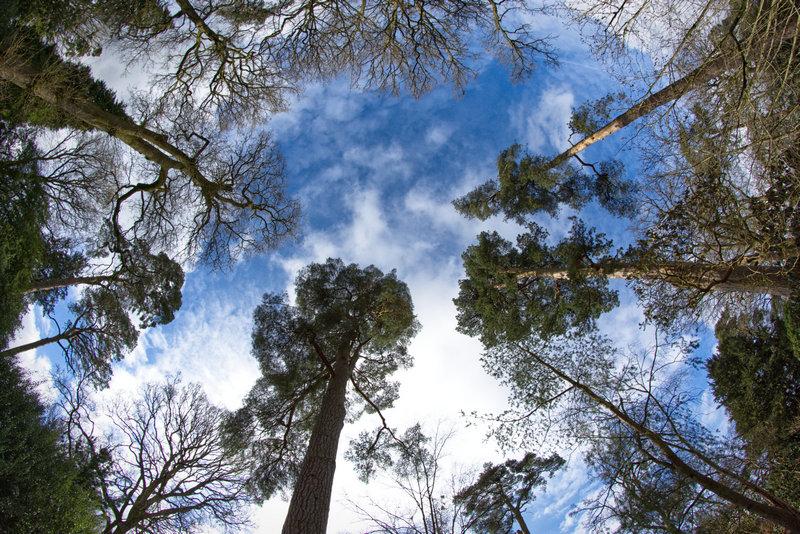
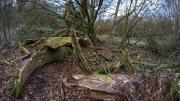
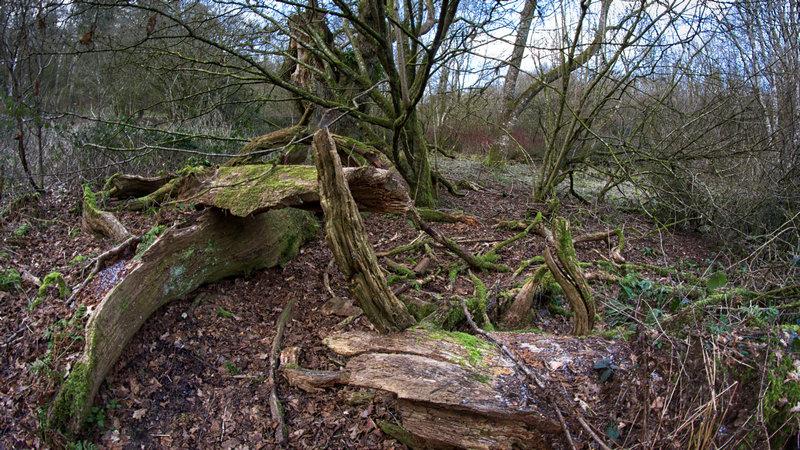
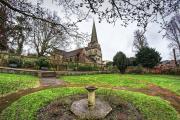
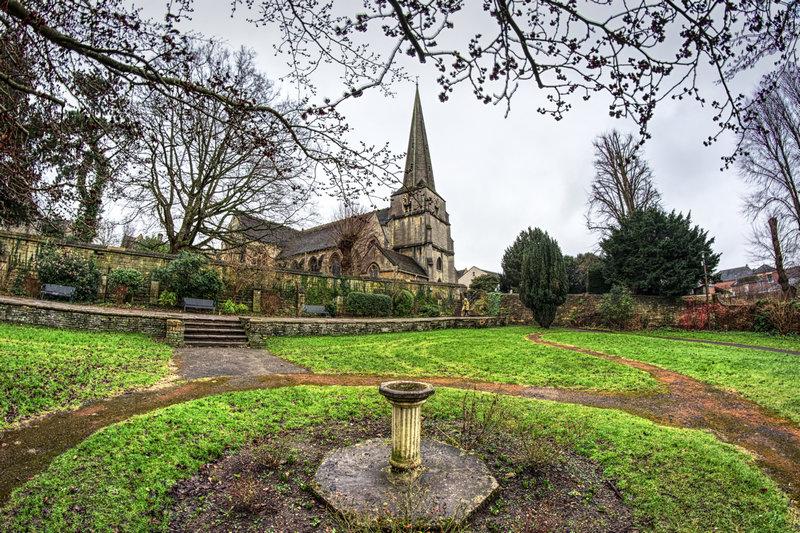
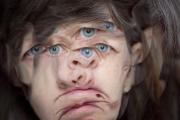
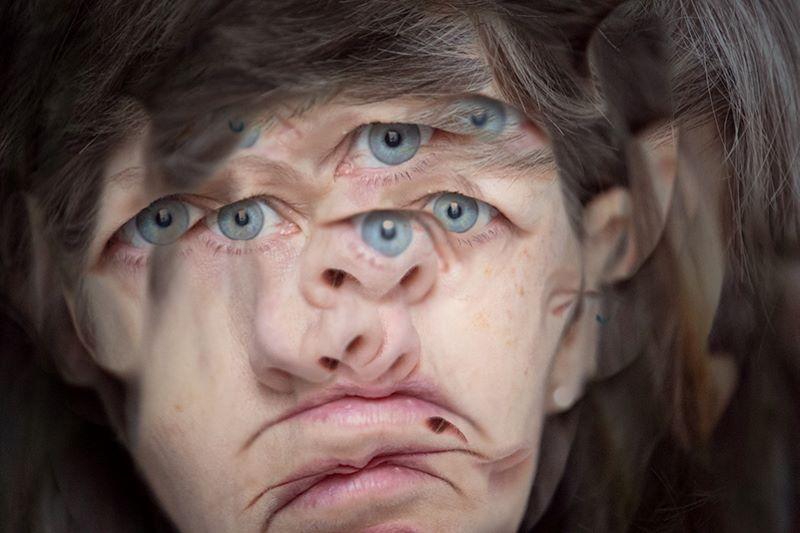
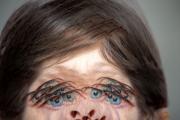
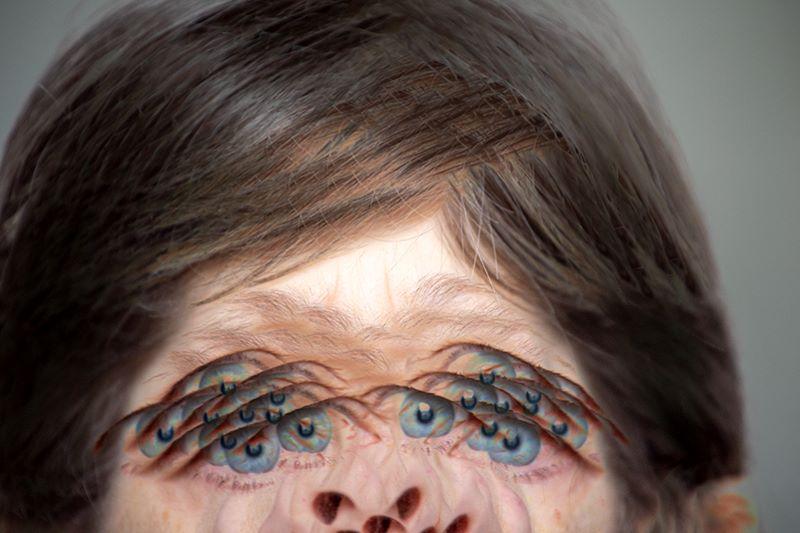
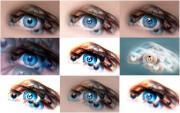
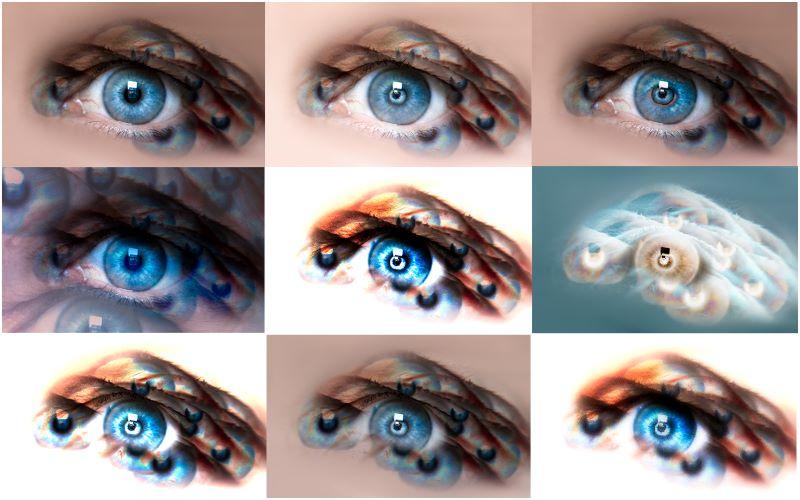
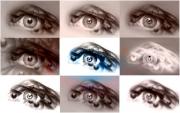
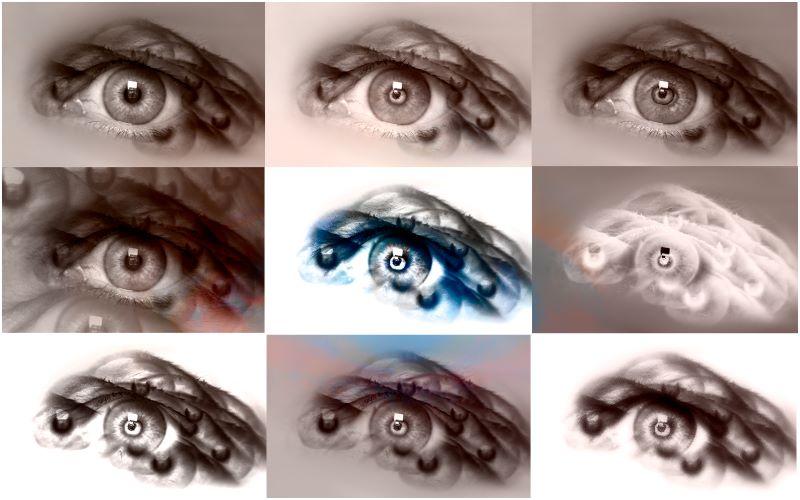
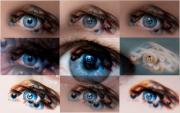
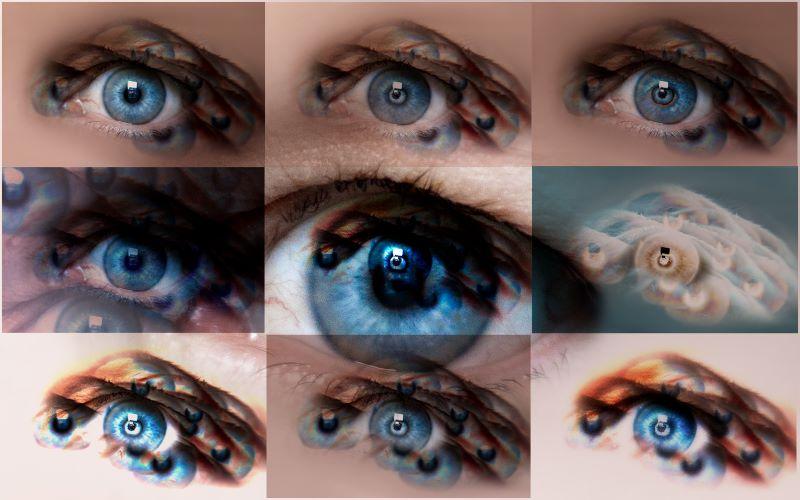
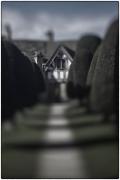

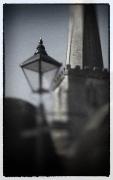
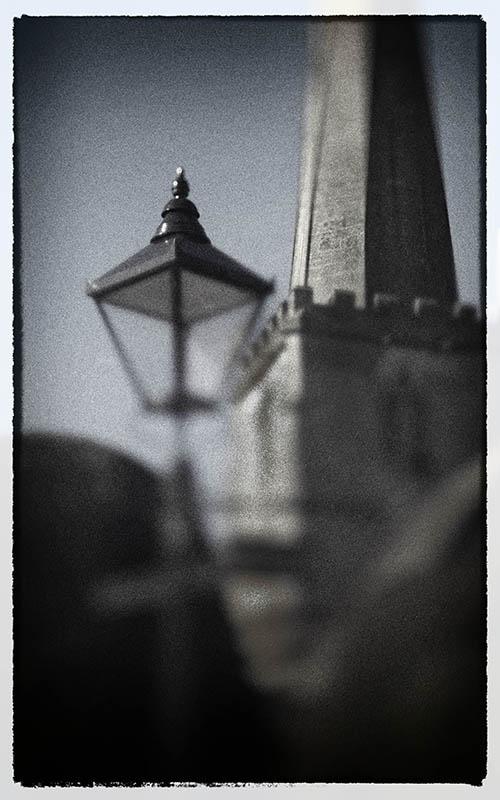
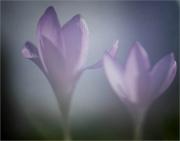
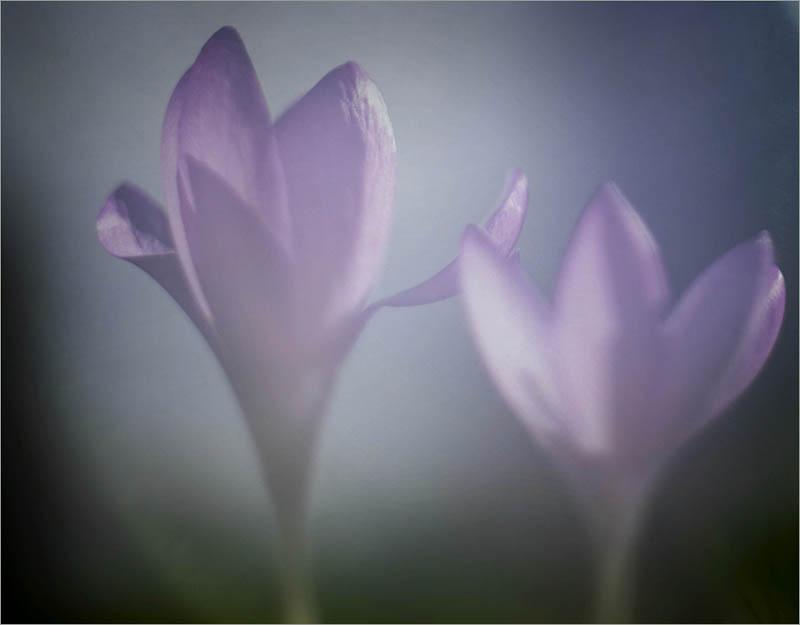
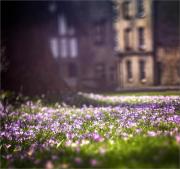
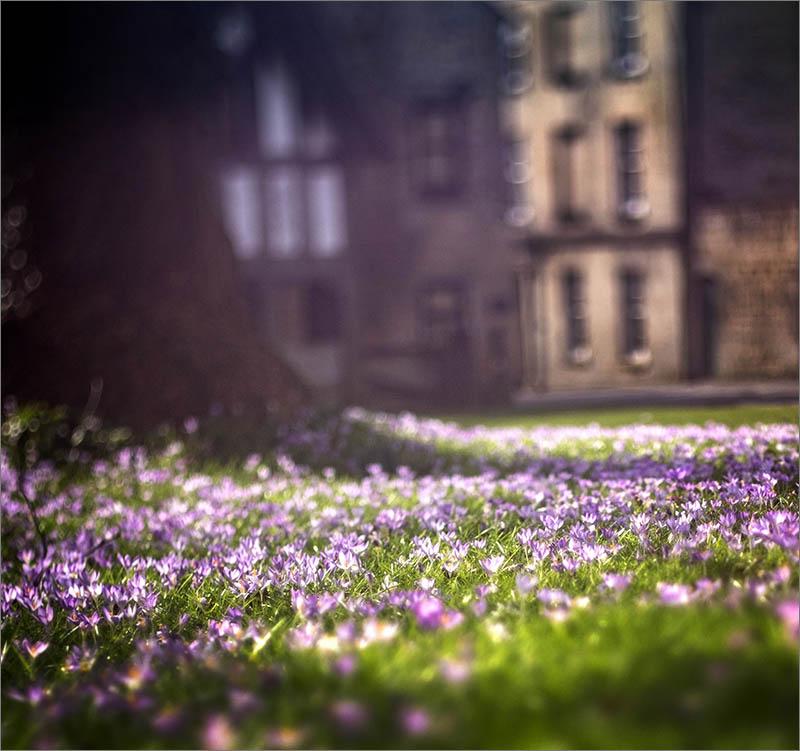
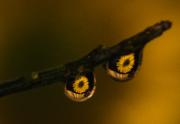
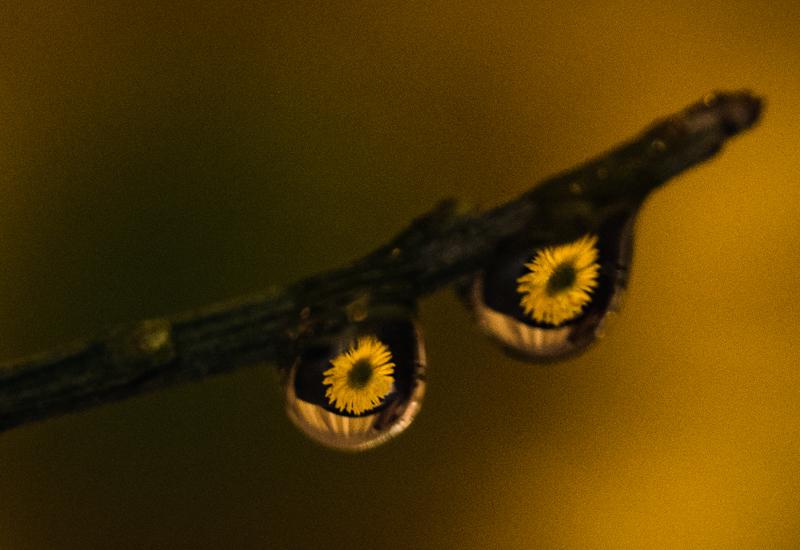
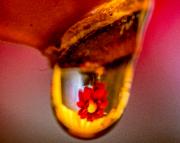
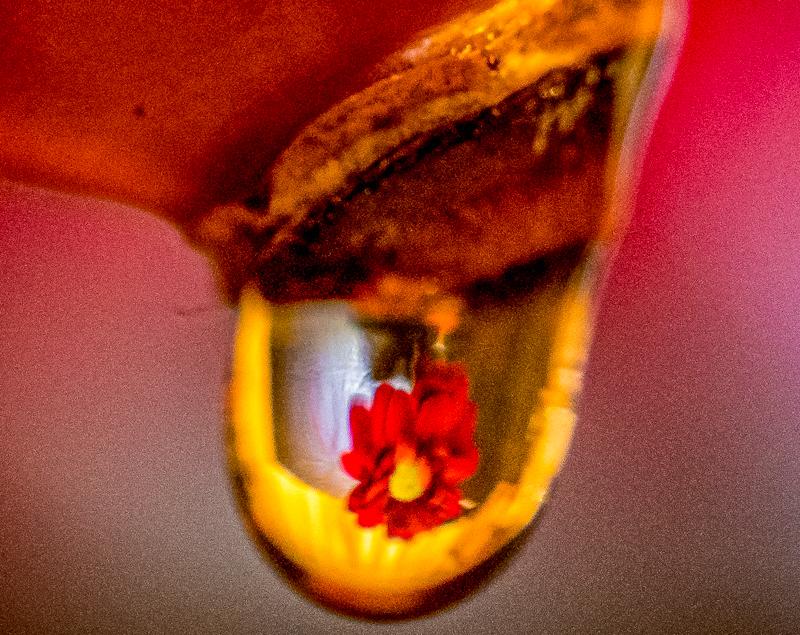
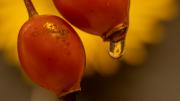
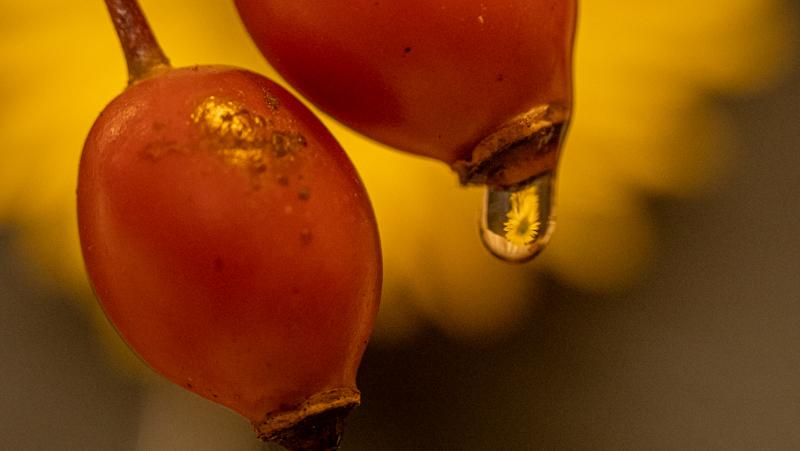
Comments
Following our talk on refraction I thought I'd have a go. I didn't have the mounts and only an on-camera flash, so I used a torch balanced precariously nearby. I got some paper holder type croc clips and held my flower in the background in front of a tee shirt draped over a chair. The twig and the rosehips were also held in place with the croc clips.The water proved difficult to keep in place for the drips, so I invested in some glycerine which was a bit better. It was also an experiment with a new 60mm macro lens and I was able to do it all on my dining table whilst social distancing at home :)
Free Lensing or Lens Whacking was my challenge. It can be referred to as a poor mans tilt and shift. The technique is to set everything on your camera to manual, lens focus on infinity and detach the lens from the body. It is recommended that a 50mm prime lens workd best. By holding the lens close to the body and moving fractionally and trying to find a focus point which is usually 'bent' for your image. I struggled immensely in the technique as holding the lens away from the body (approx 2cm) created a telephoto effect and a fraction of movement or shake produced a total blur or complete light leak over the image. In retrospect a tripod would probably have helped just to have one stable source. An interesting experiment that I have never tried before. Did I enjoy doing it?...no. Would I try it again?...definately not! :)
30 from 2. I'll be honest, I started with a pinhole camera idea - it worked fine on my Canon 80d using gaffer tape as a cover and sticking a pin through - but it didn't give me any satisfaction as it wasn't a real pinhole camera (maybe one day - but not at the minute). So I thought I would challenge myself to creating something sort of abstract, but using Linda Bembridge's idea of 12 from 1. Not liking to do anything "the same" as anyone else I decided to use 2 images - and challenge myself to master my new R6's eye autofocus at the same time - plus in camera multiple exposure - plus being unable to see a thing without my glasses on! A single image was fine as I could use my phone attached via bluetooth and with live view. However, I learnt to my horror that this does not work in multiple exposure mode - so the results were quite amusing! Once I had established my 2 useable shots I then simply used them in Photoshop with blend modes to create my 30 from 2. The challenge then was to cohesively create something that was not just a random mess - I had several non starters until ending up with my final 3.
Fisheye Lens Challenge
I recently bought a second hand Samyang 8mm lens (reviewed here) - just in time for the Chairman's Challenge!
Abstracting my daily walk: I was beginning to get a little bored with walking the same routes around our house and this was the inspiration for my Chairman’s Challenge project. I wanted to look at the walk and the things I saw on it, differently. This inspired me to play with different perspectives, reflections, colours, textures etc and as the project progressed I was drawn to creating images that were increasingly abstract. I also wanted to put into practice what I was learning on Trish’s Tweaking Tuesday’s and created a series of images exploring multiple layers. They aren’t intended as a group of 5 images but, attempt to show a journey through to increasing abstraction. The Snowdrops are a mix of merging a motion blur shot with a standard shot to retain the movement and bring out some of the details. The Cow Parsley is the same shot layered with placement shifted and different white balances. The Leaf Pinwheel is more of a pattern picture with subject selected, rotated and layered and the background darkened and blurred (should invest in a polariser to reduce the highlights). The Water Tank segment was transforming textures and aligning them to make a pattern. The final mono Door Handle image is similar to my wine glass images, with the whole image worked on and rotated/layered to get more definite abstract pattern piece.
One of my favourite subjects is water birds of one sort or another and I love to capture all the water splashes and reflections. During lockdown, opportunities are limited but most days i walk down to the canal at some point and I started to photograph reflections on the water - JUST the reflections, not the main subject. I've then played around with them in Lightroom and the first thing I have done is flipped the photo vertically so the "reflection" is now the right way up. I've then cropped and messed with the colour palate to produce semi-abstract images full of colour which of course wasn't there in the original. I've included in my selection one of the images "Reflection Abstracted - 1a" to show the principle. This is the original image as shot out of the camera. Then Reflection Abstracted - 1b" is the end result after I've finished with it! All my other shots follow the same principle although of course I'm only showing the finished image. It has been great fun but I'm now running out of good reflections along the canal - bring back Slimbridge!
Strobe flash technique (one frame multiple images) is something I have never done so made that my challenge. Hidden in the settings in my camera was a repeat flash function for the built in flash. I set this up and together with an off camera flash triggered by a slave unit. I suspended a tennis ball in front of a green background and clamped a racket in position. After a considerable amount of experimentation with flash strength, frequency and shots per second and some work in PS Elements to clean and adjust you can see the result
I have never attempted star trails, and I have never stacked images before, and with recent skies so clear, I thought I would have a go at both
Attempt 1 is from Uley Bury, having researched where local darker skies might be found. The result was ok, but I thought the tripod must have moved due to the jagged lines and bumps
2nd attempt was in the garden at home (Selsley), as I could leave the camera to click away while I sat in the warm. Very over-exposed (brought down in Lightroom), and still the jagged lines. More reading made it clear that image stabilisation needs to be taken off
3rd attempt, is a similar shot to the 2nd attempt, but with stabilisation off and the ISO dropped. The trails feel a little thick, maybe focus was out
Hopefully failure in space photography is an option, as I am not fully happy with any of these images! But I will be trying again with a few changes; probably when I have learnt may way around Photoshop a little more (which I only used for the 1st time in January).